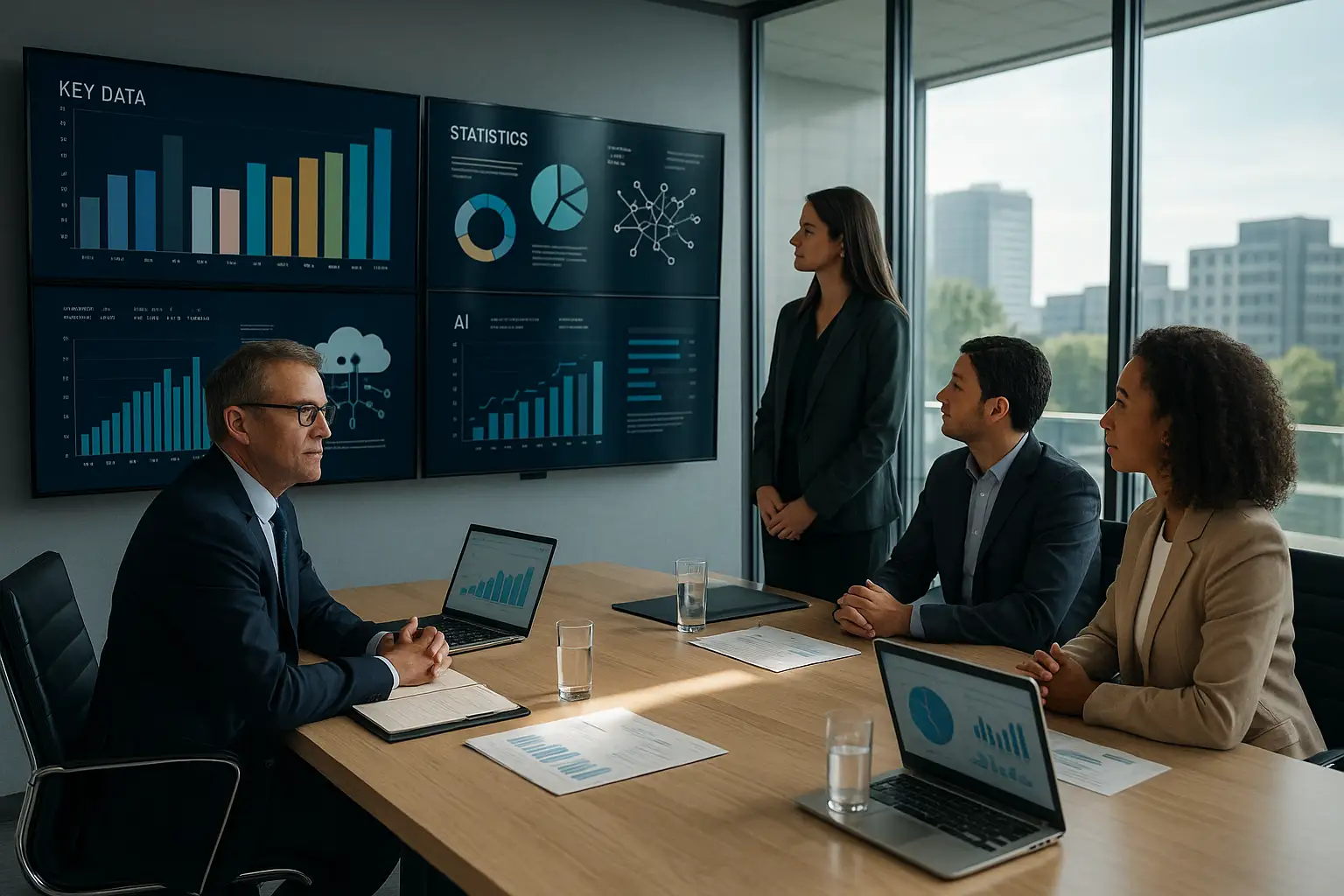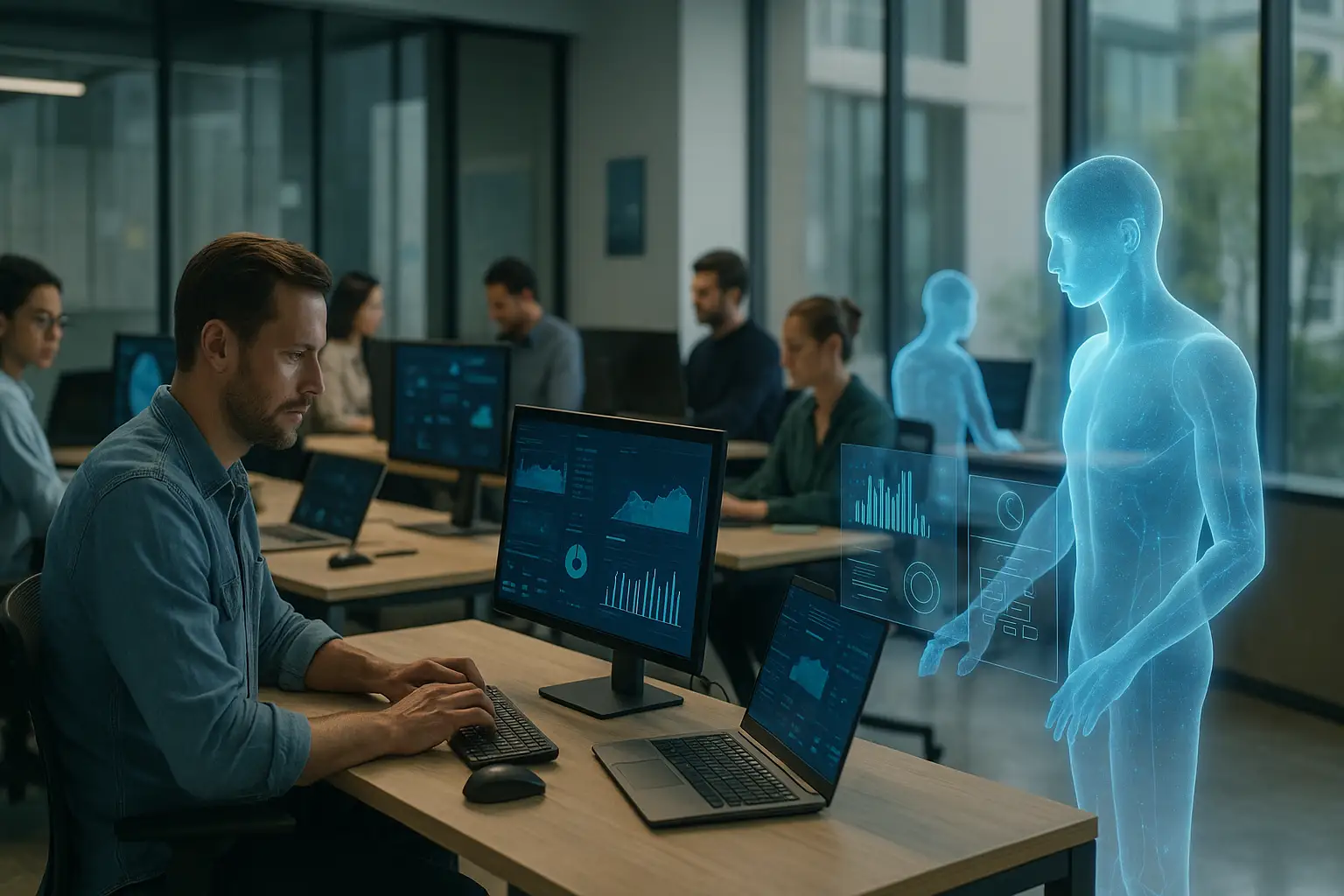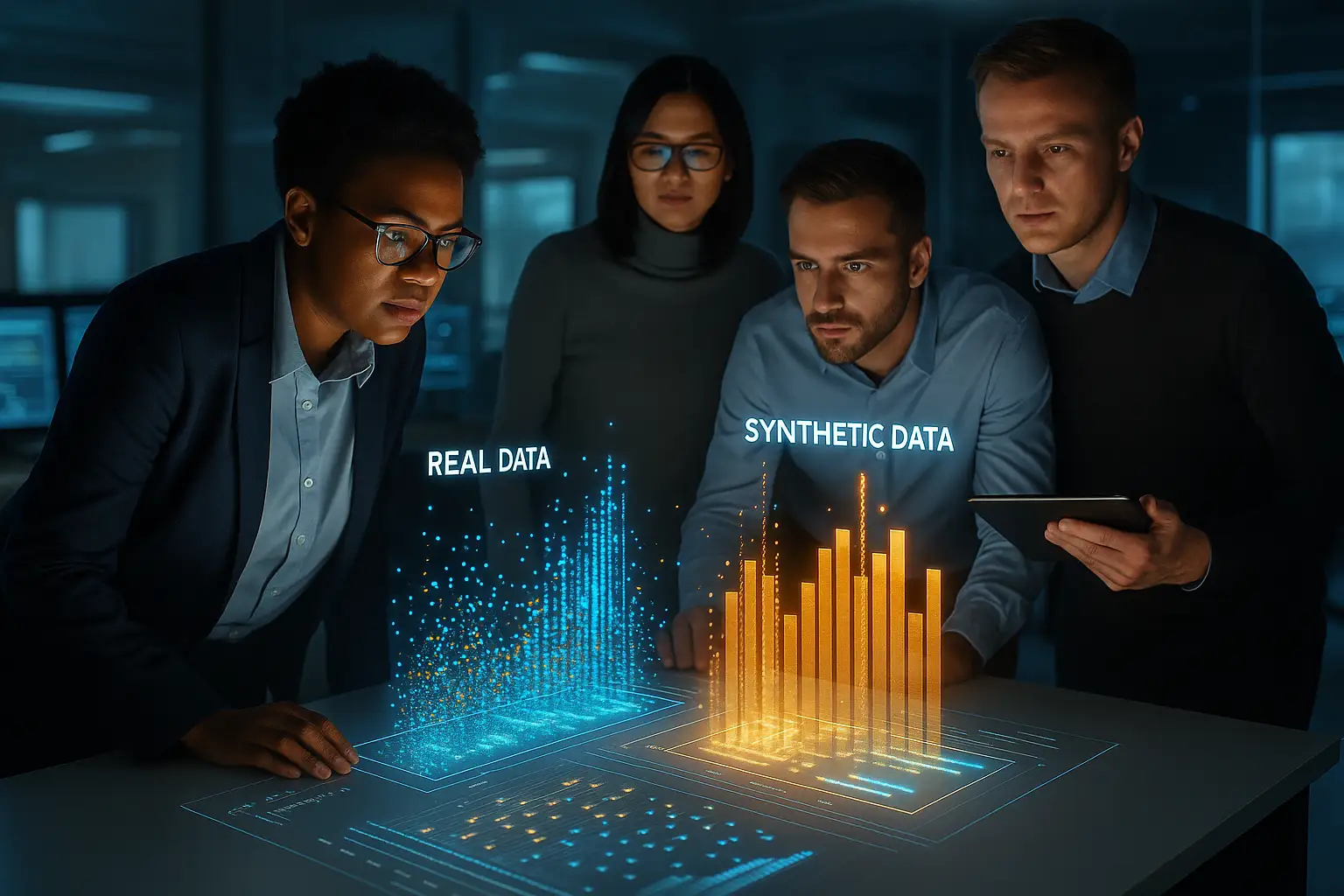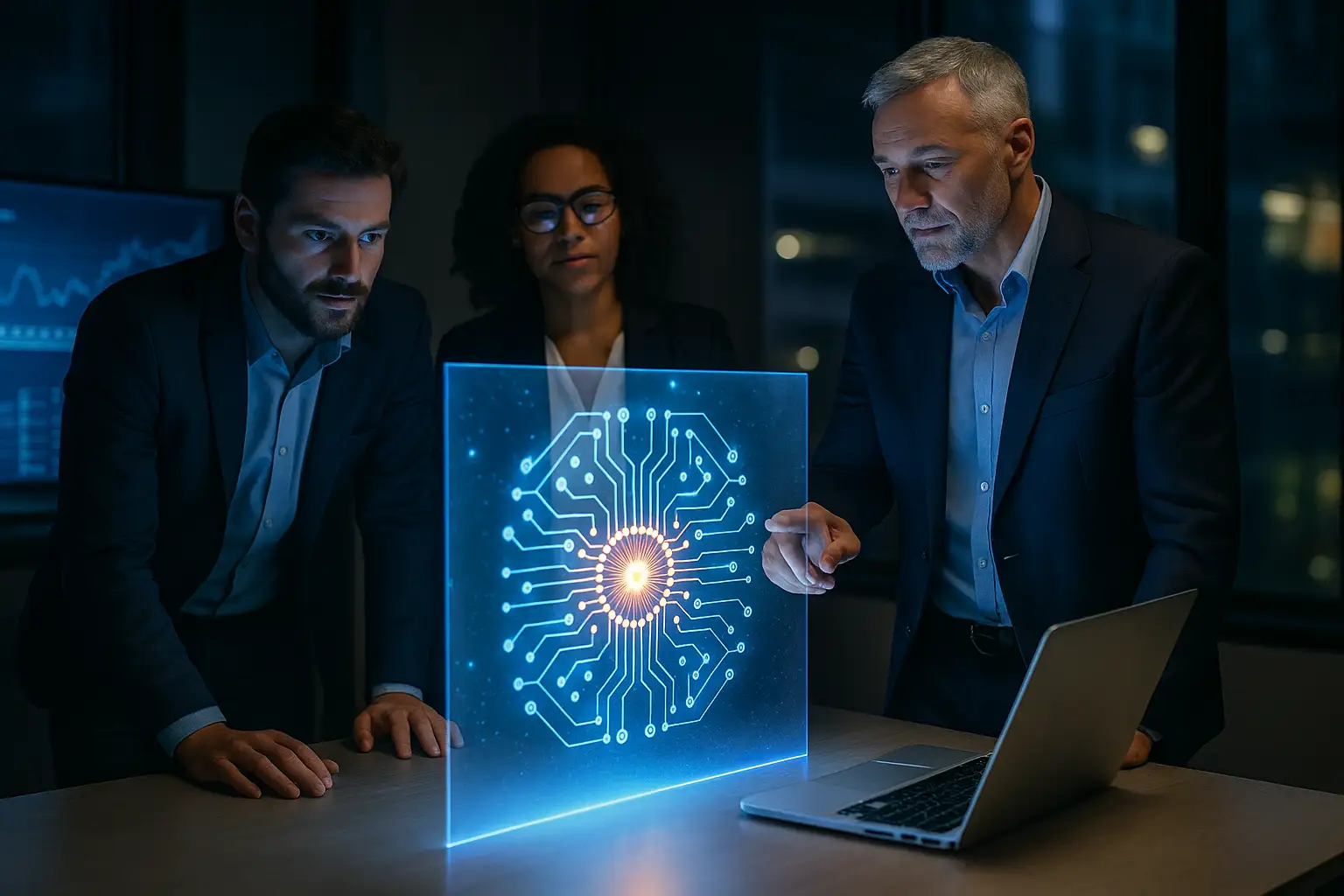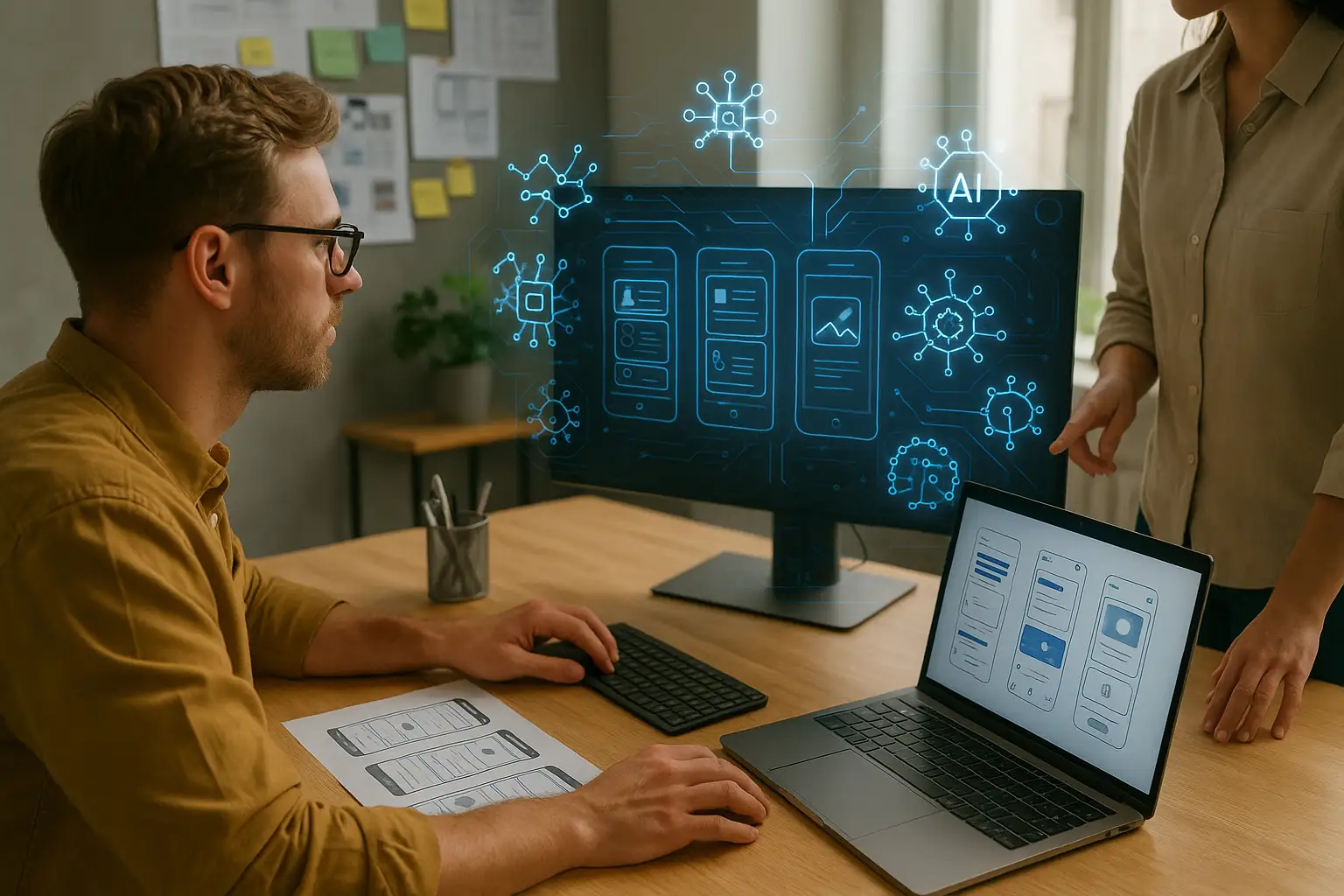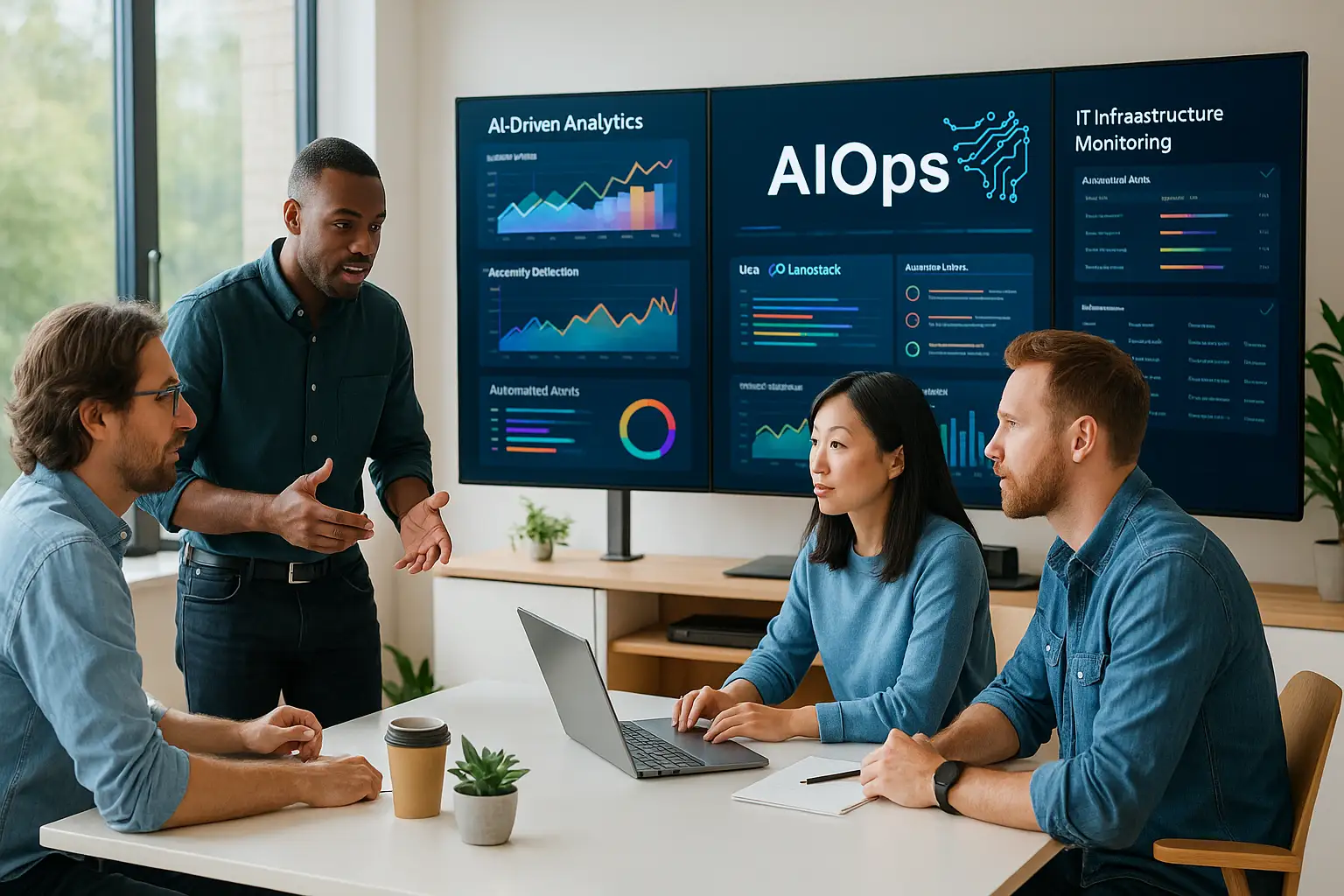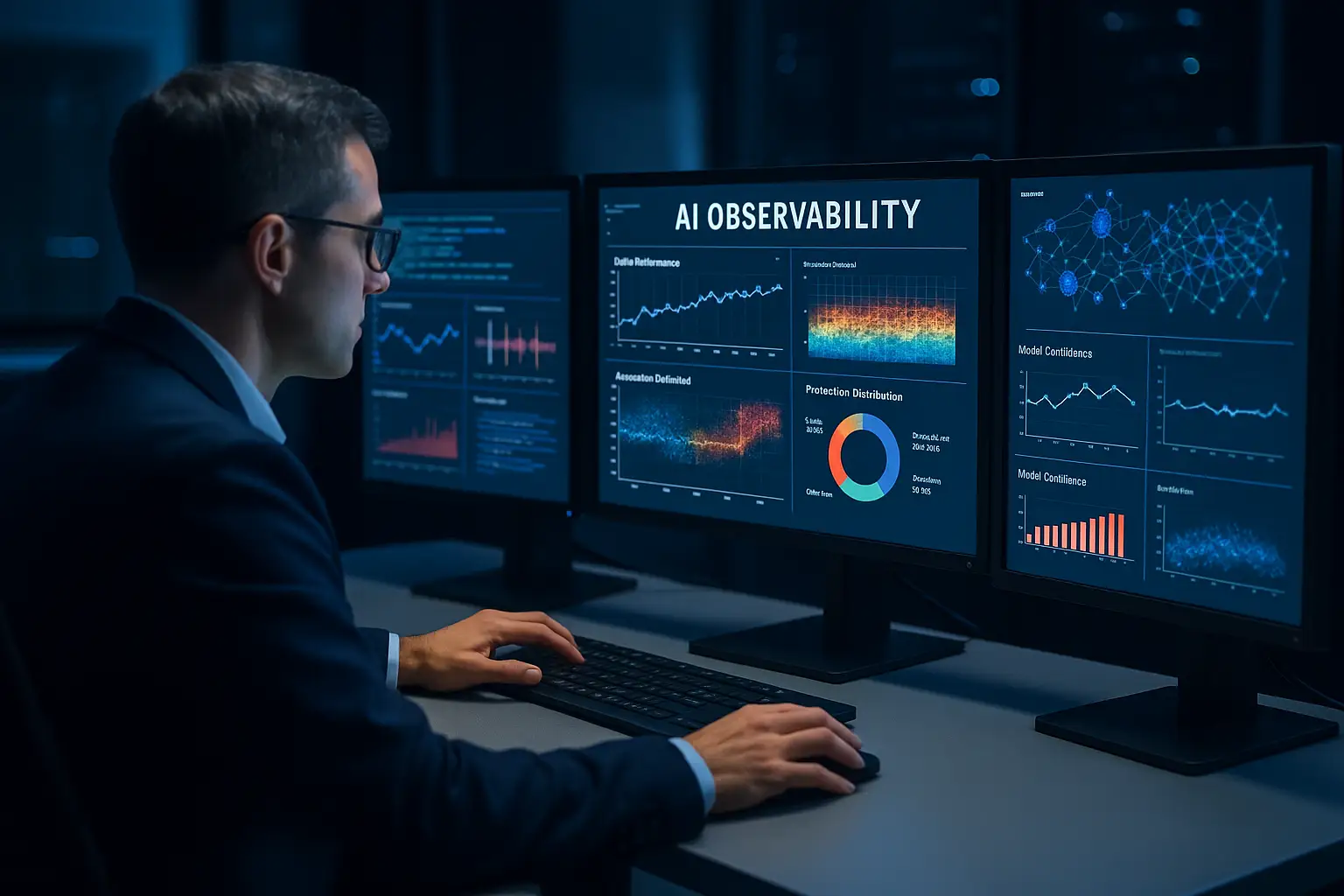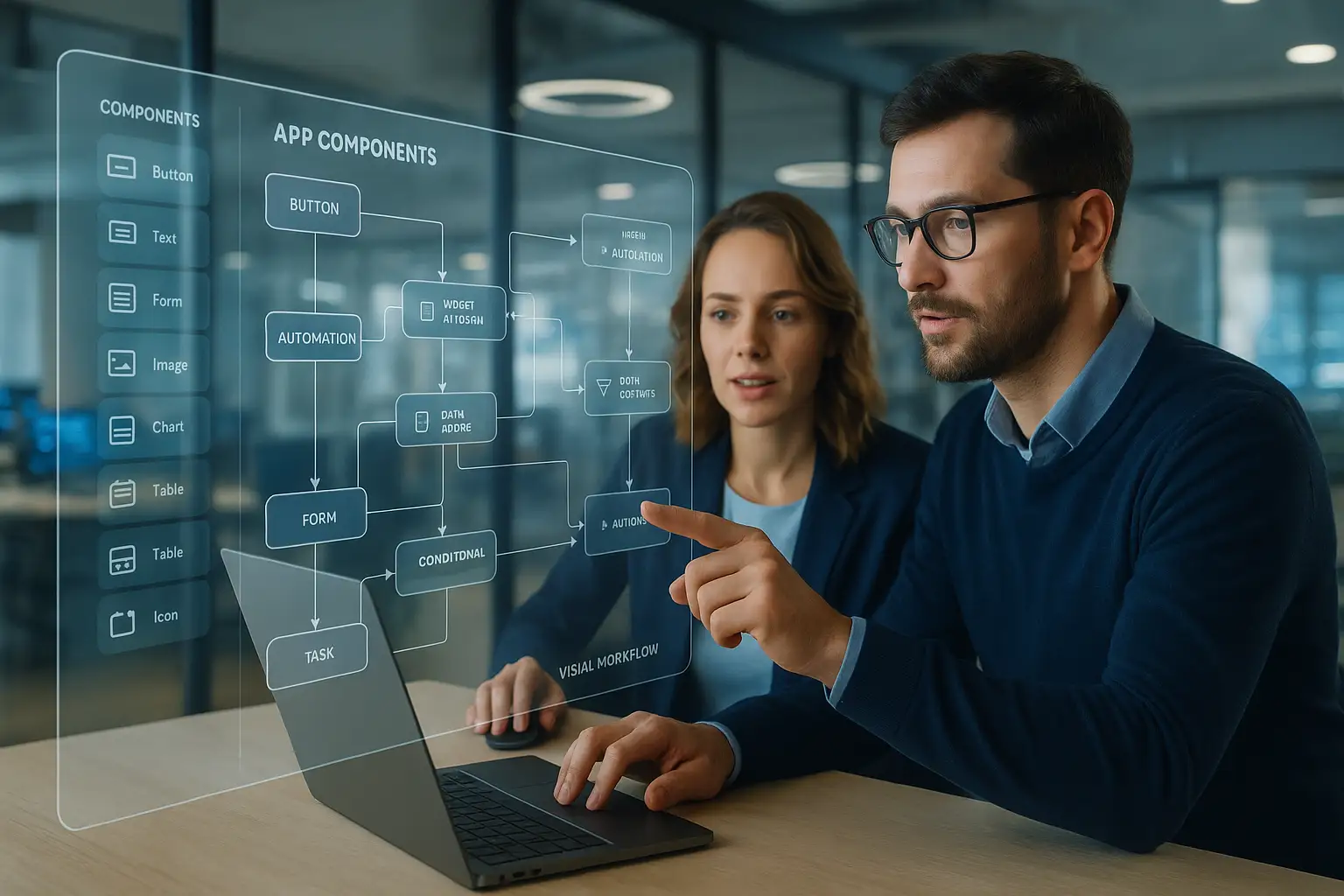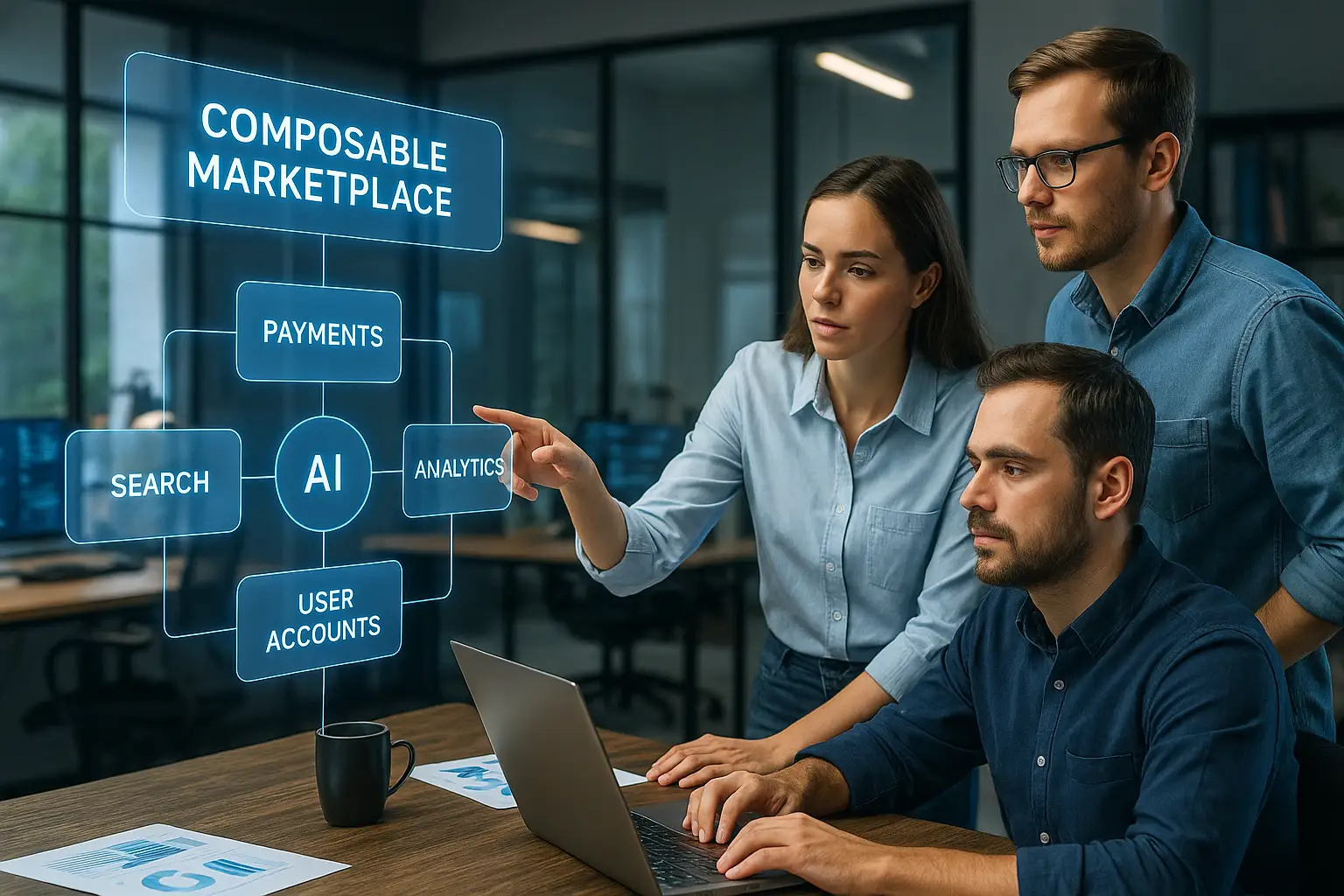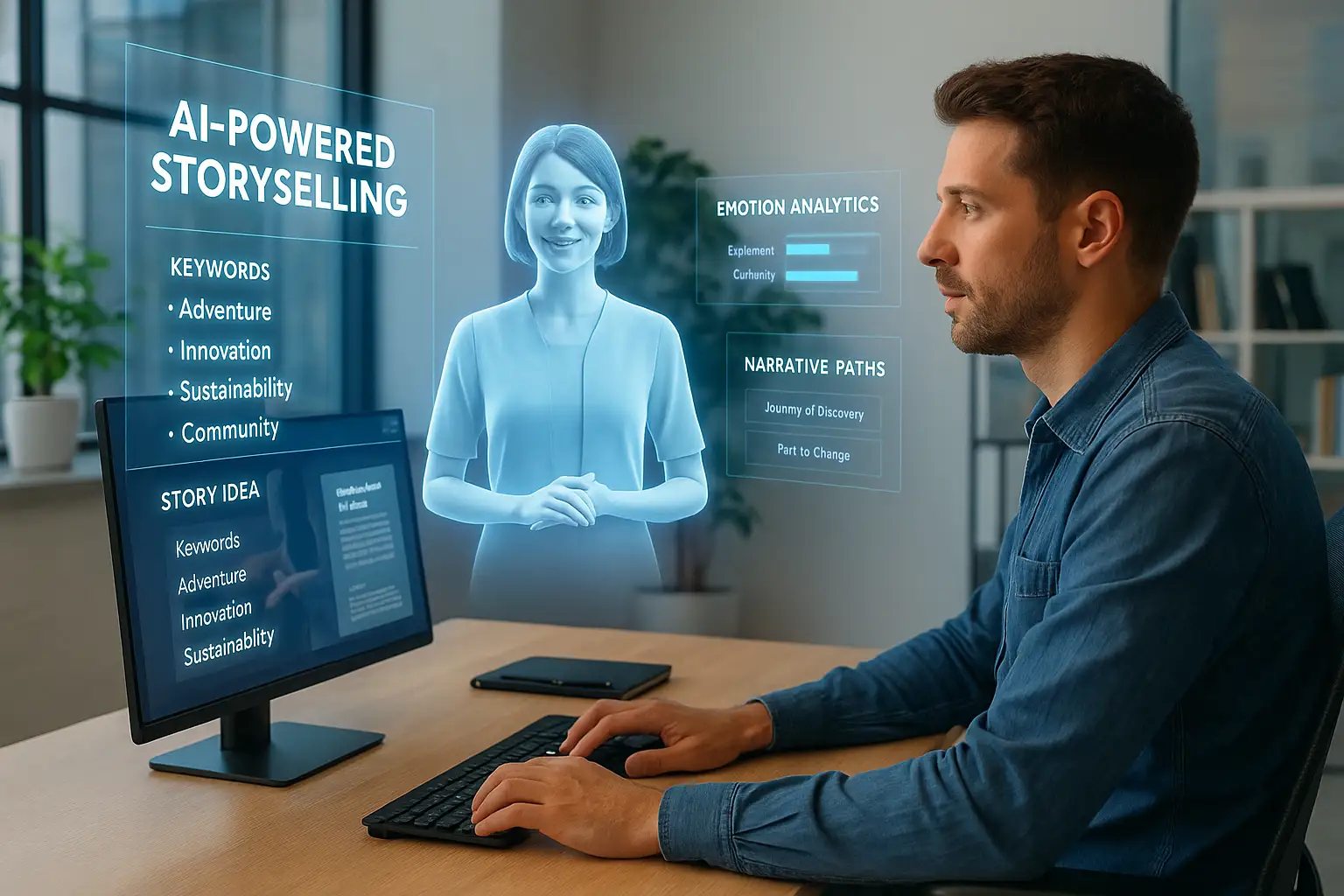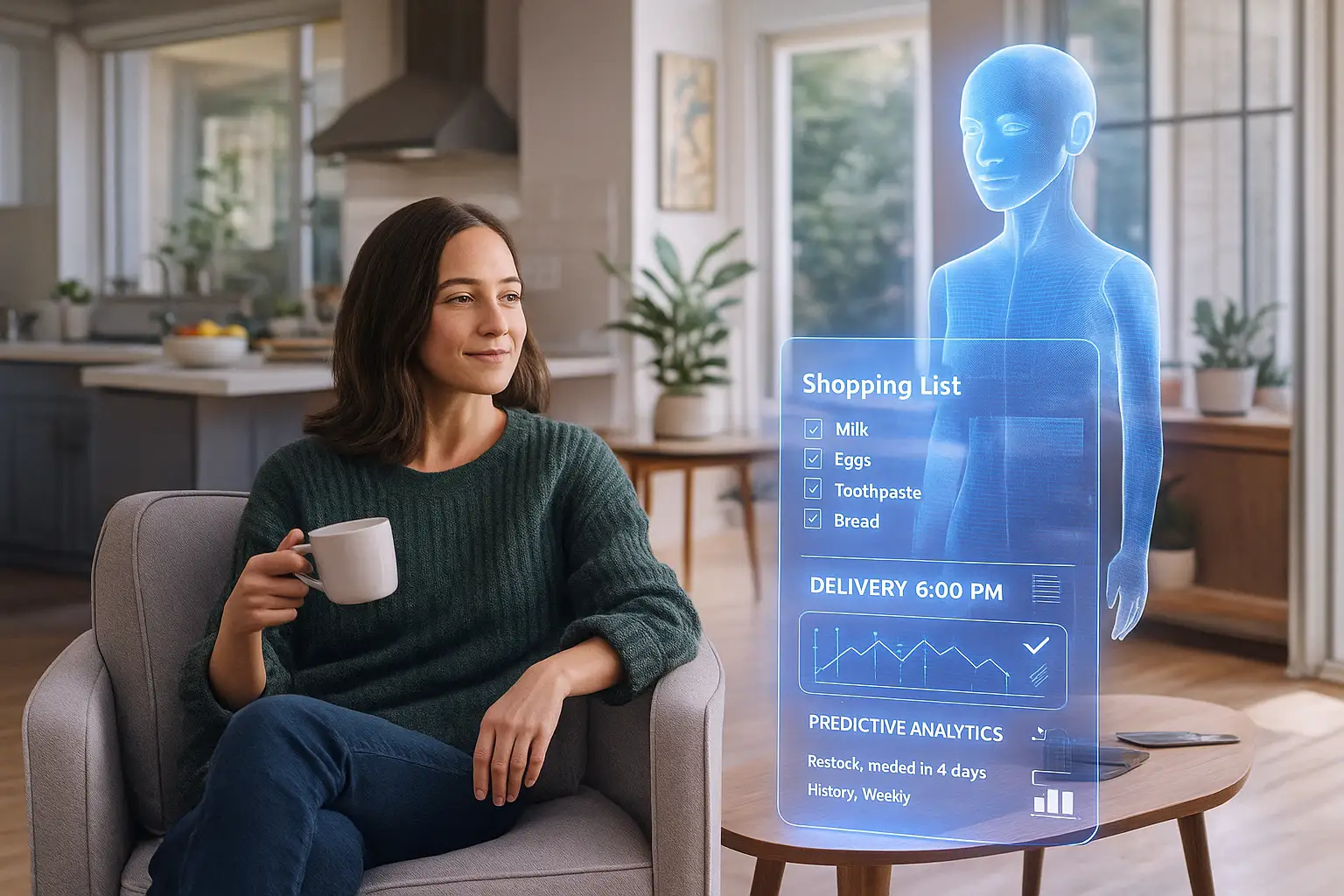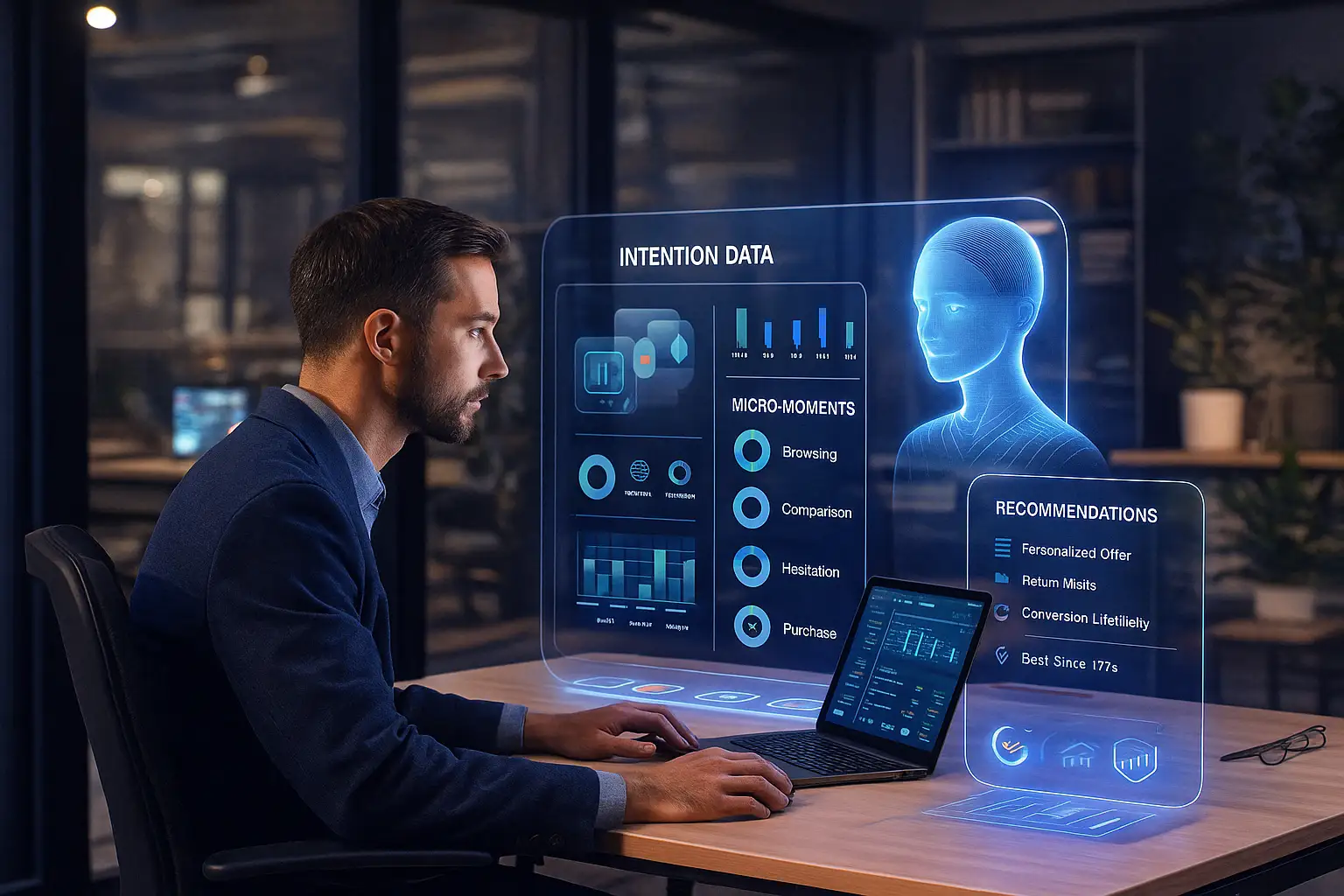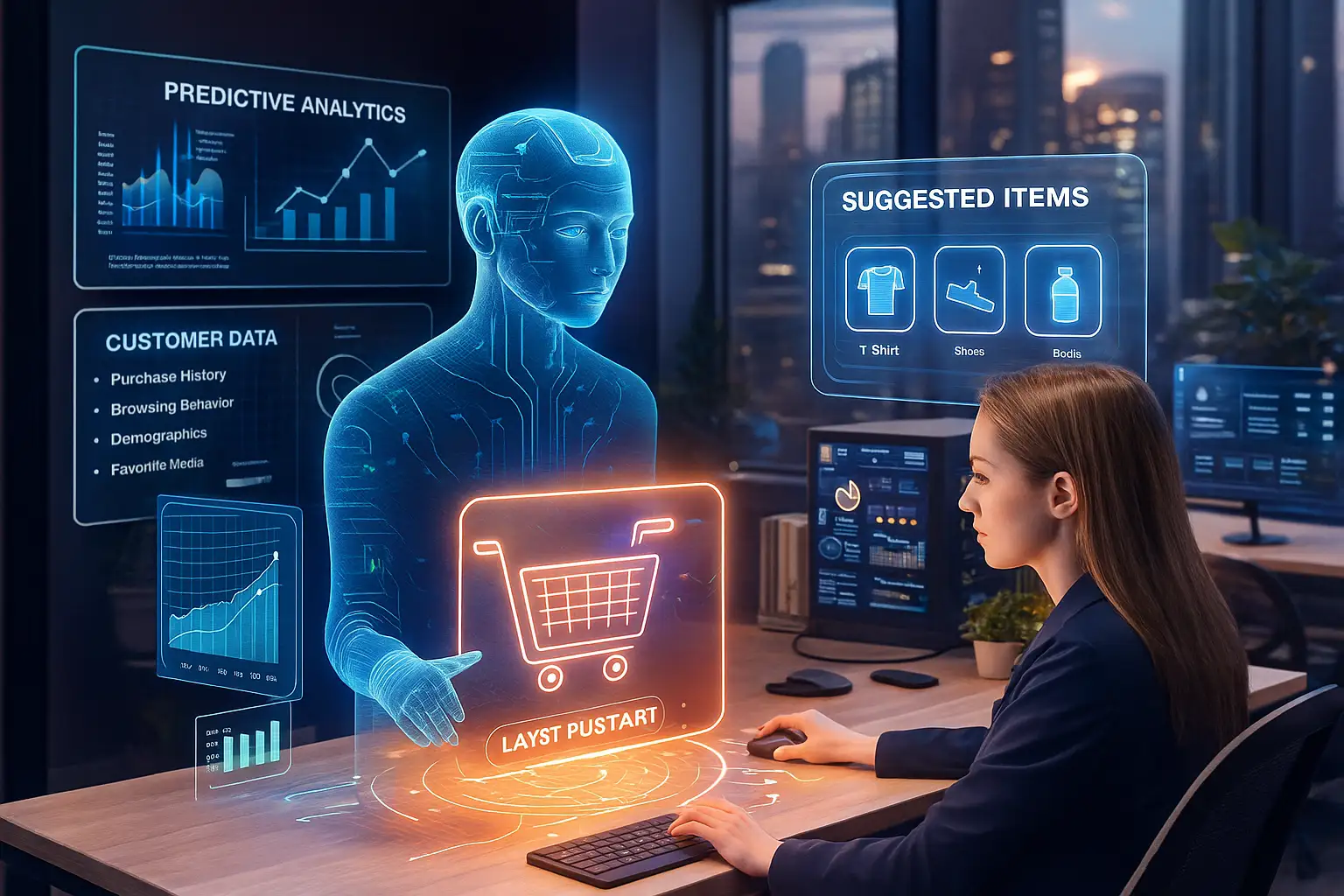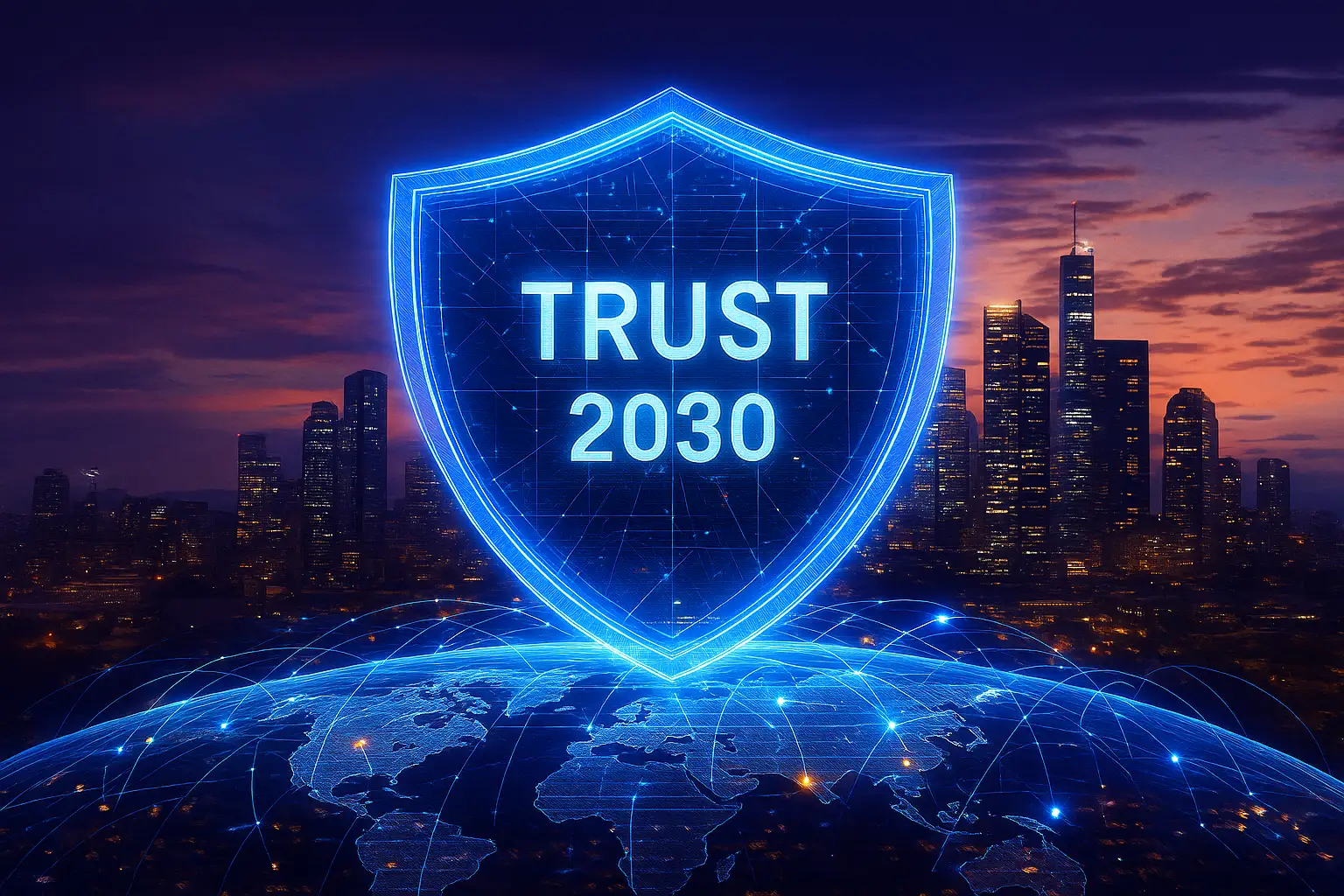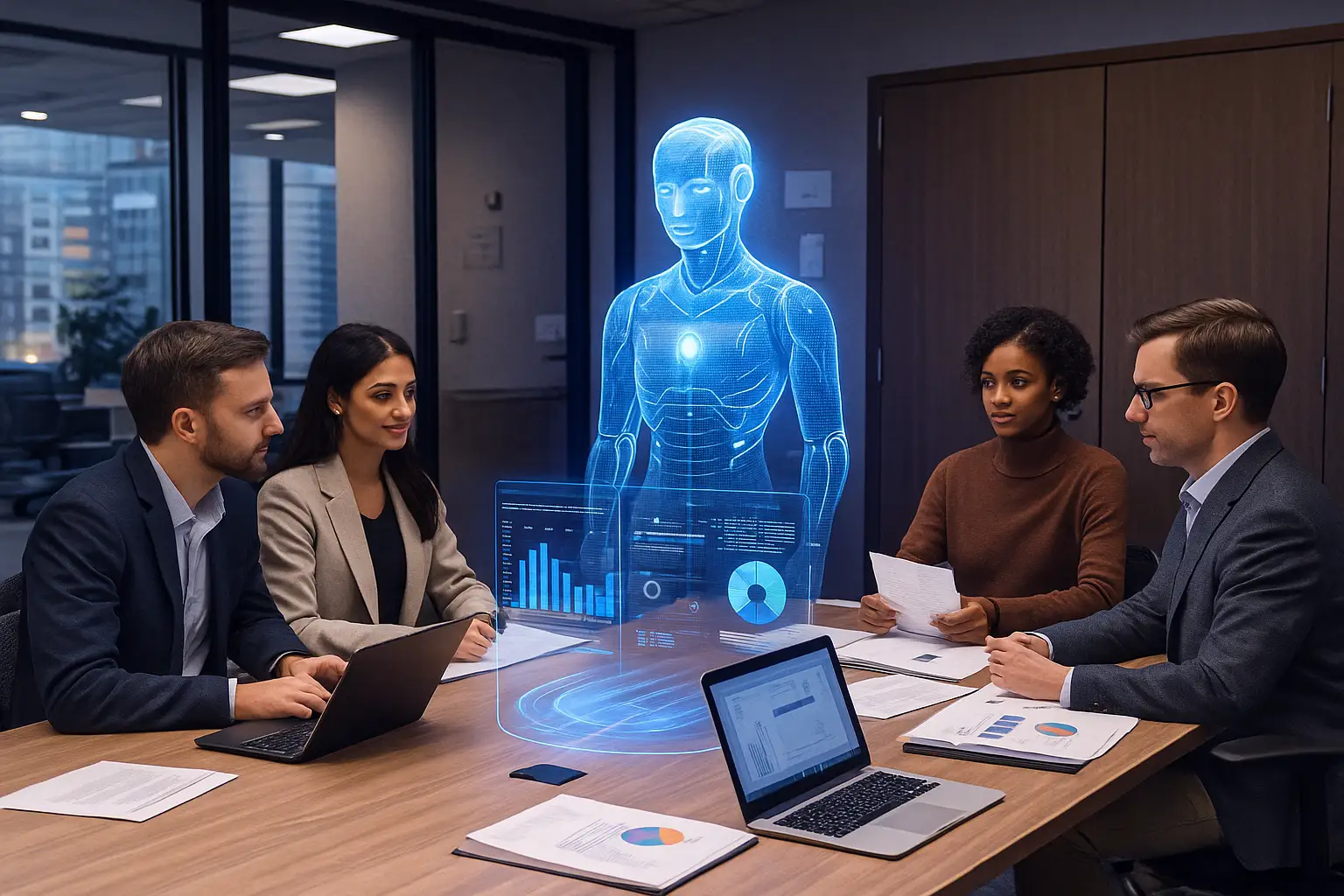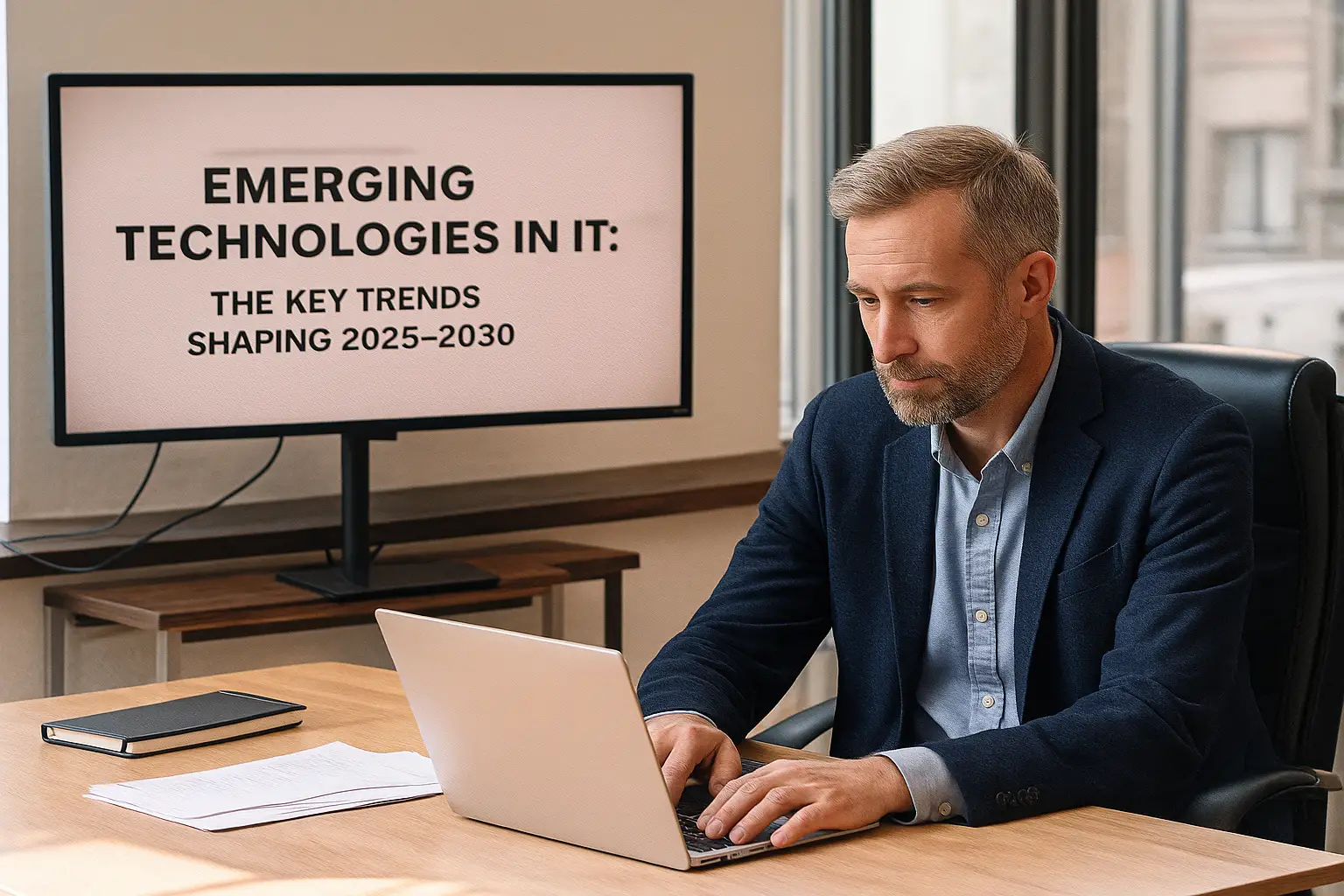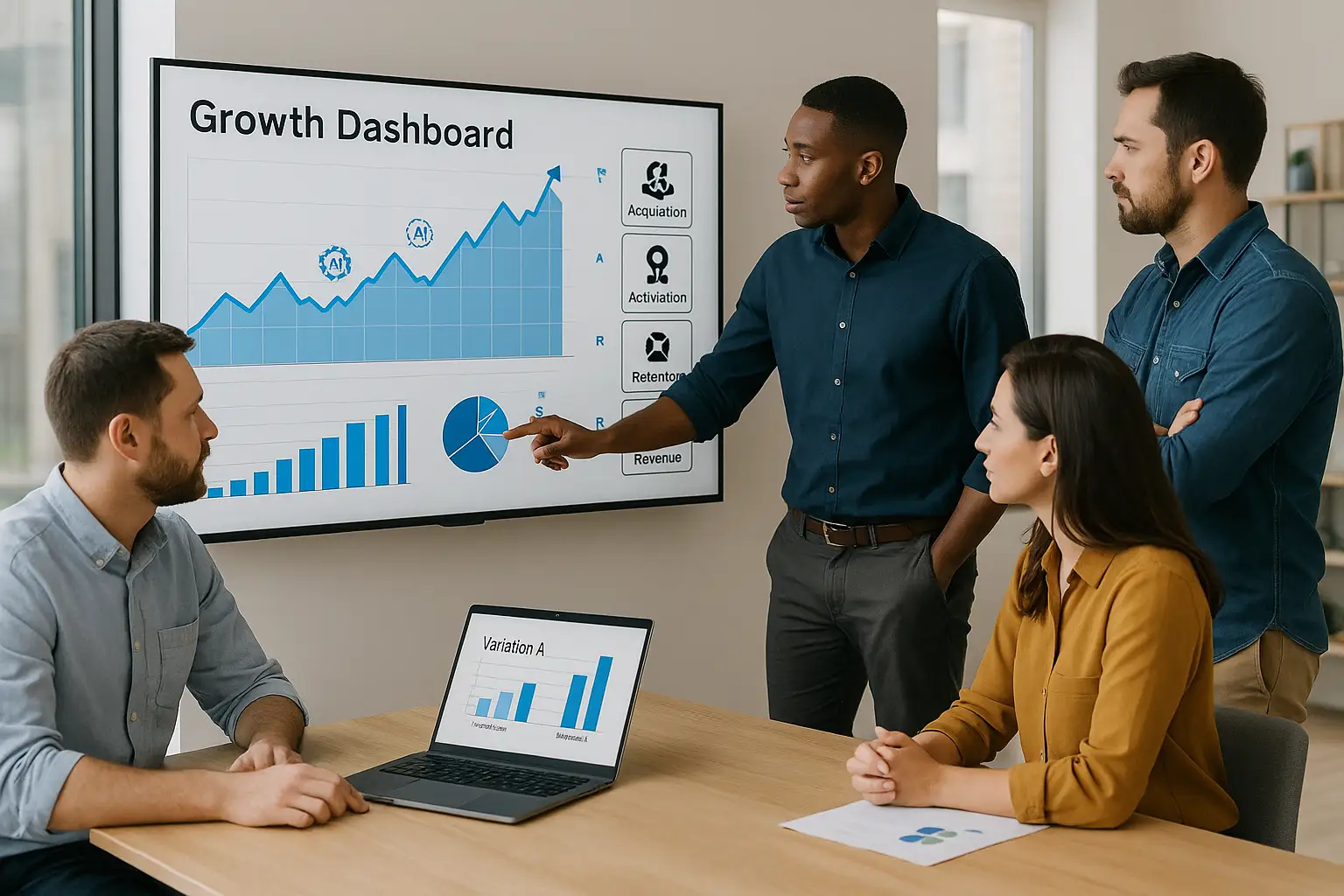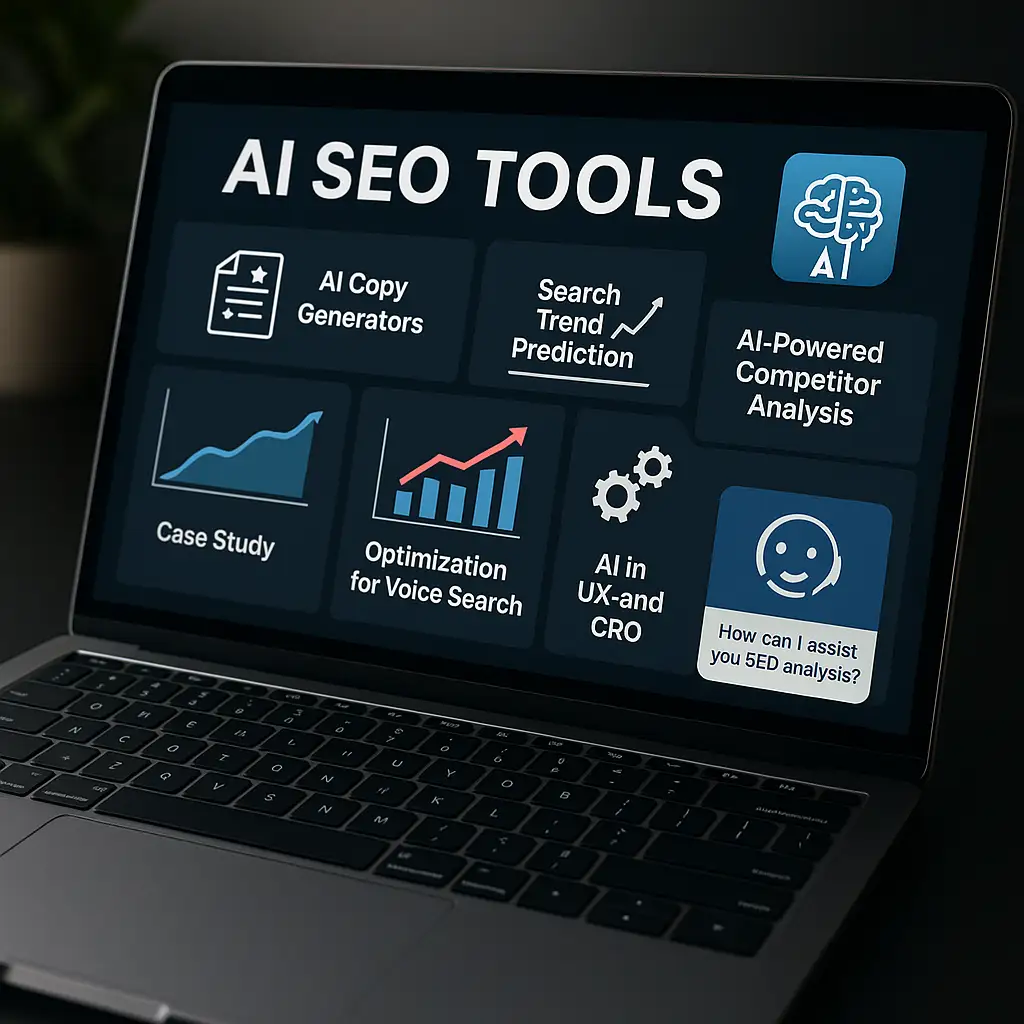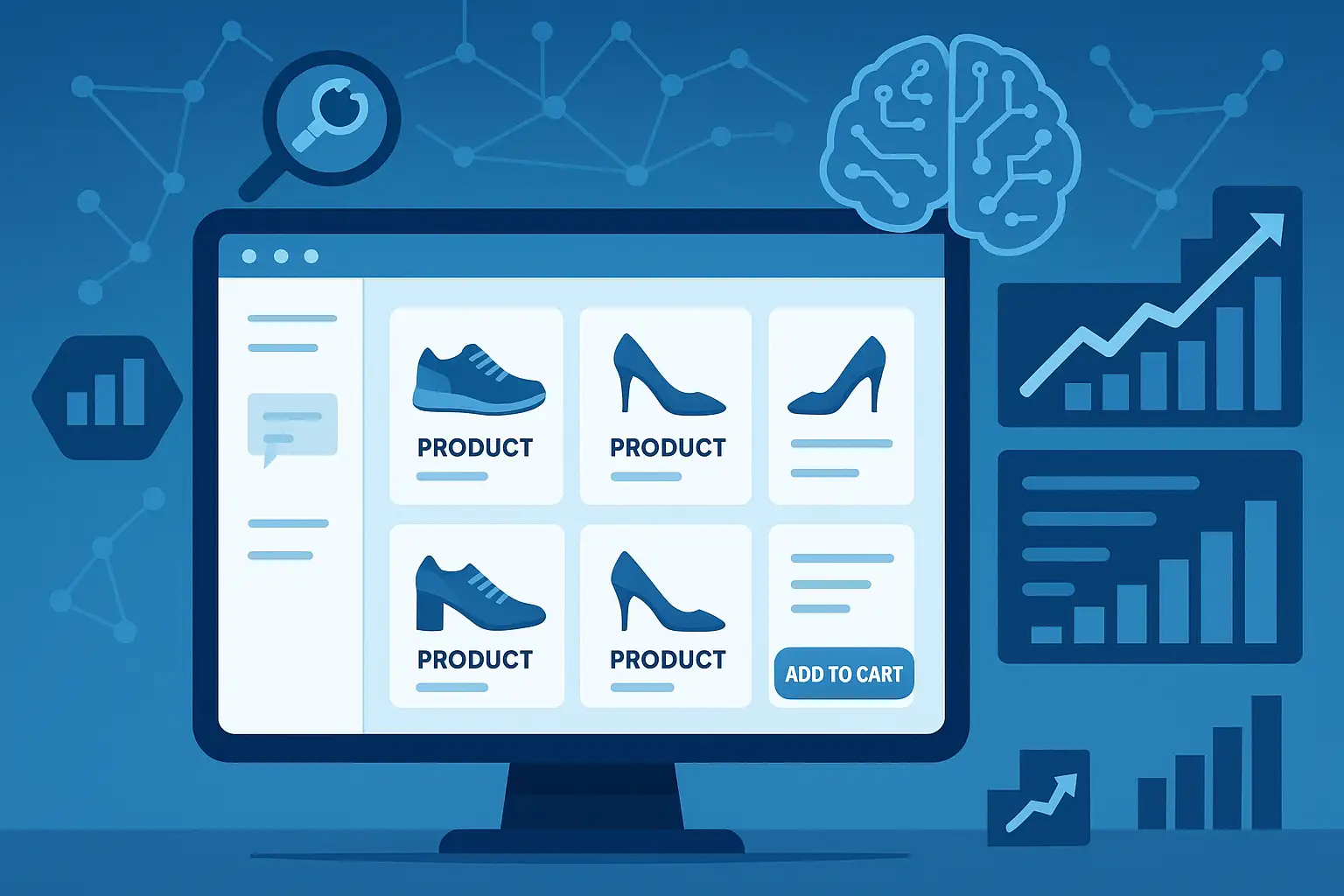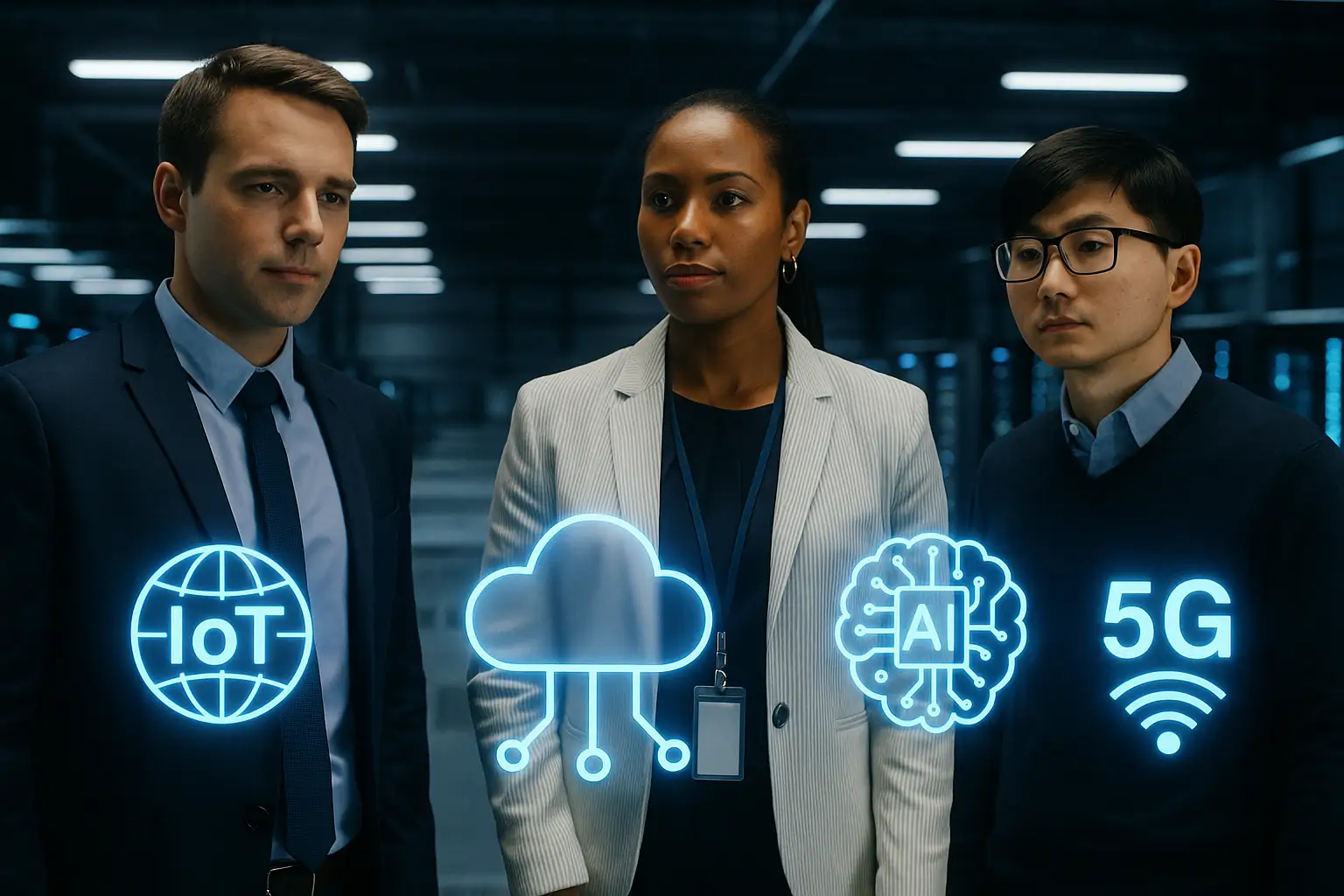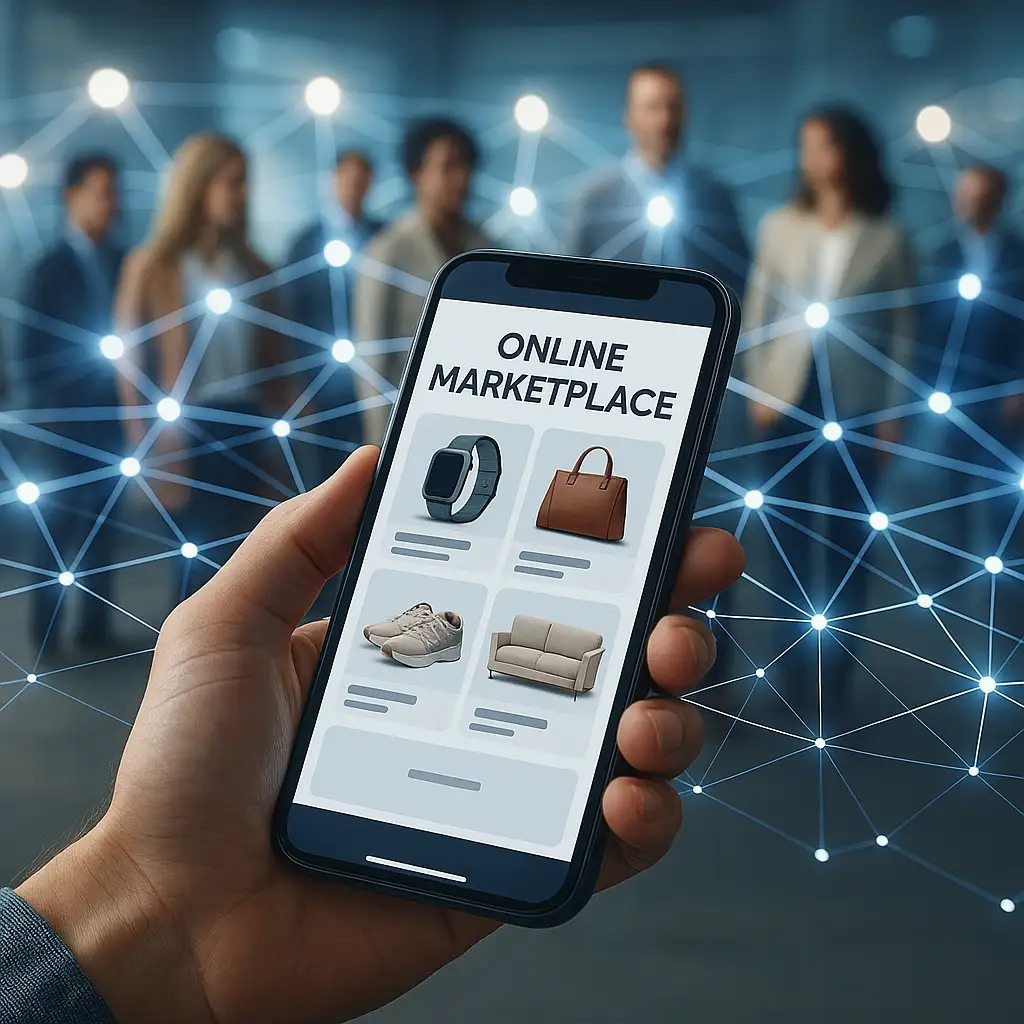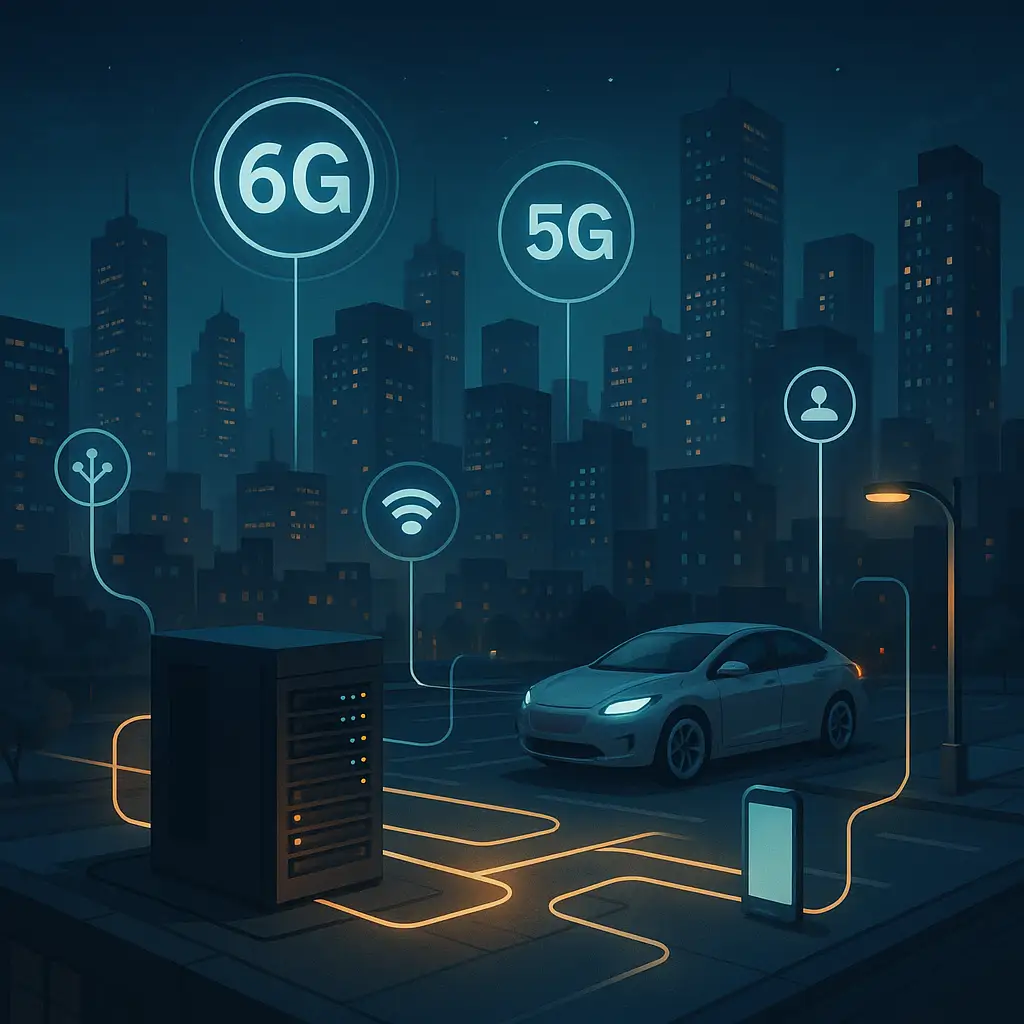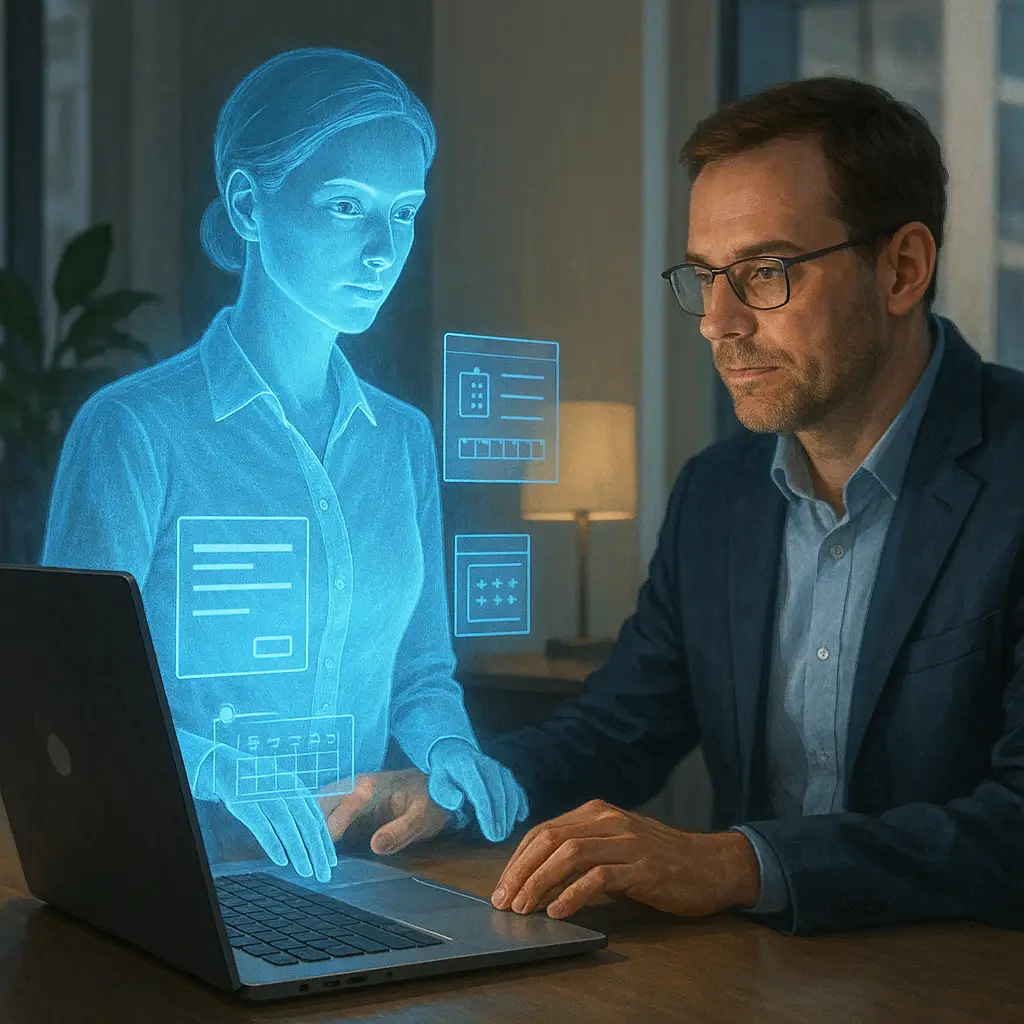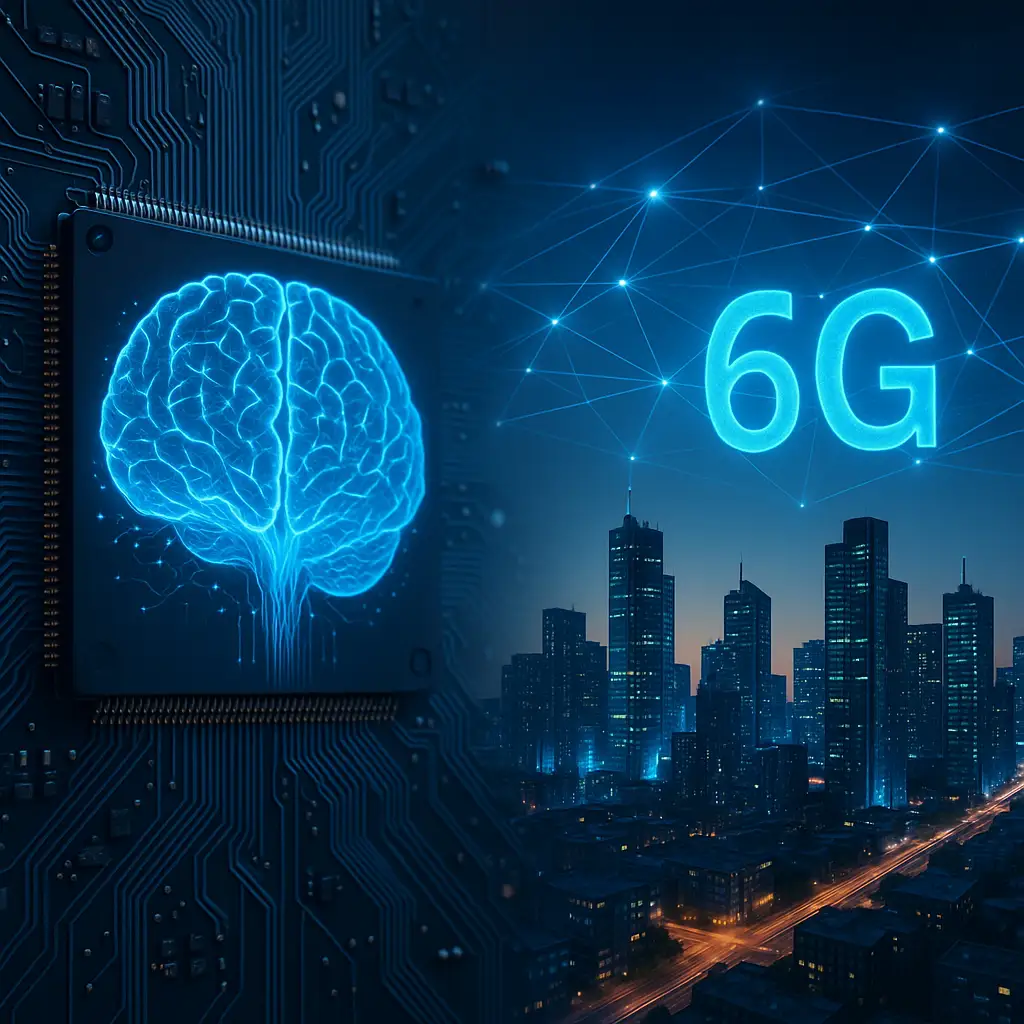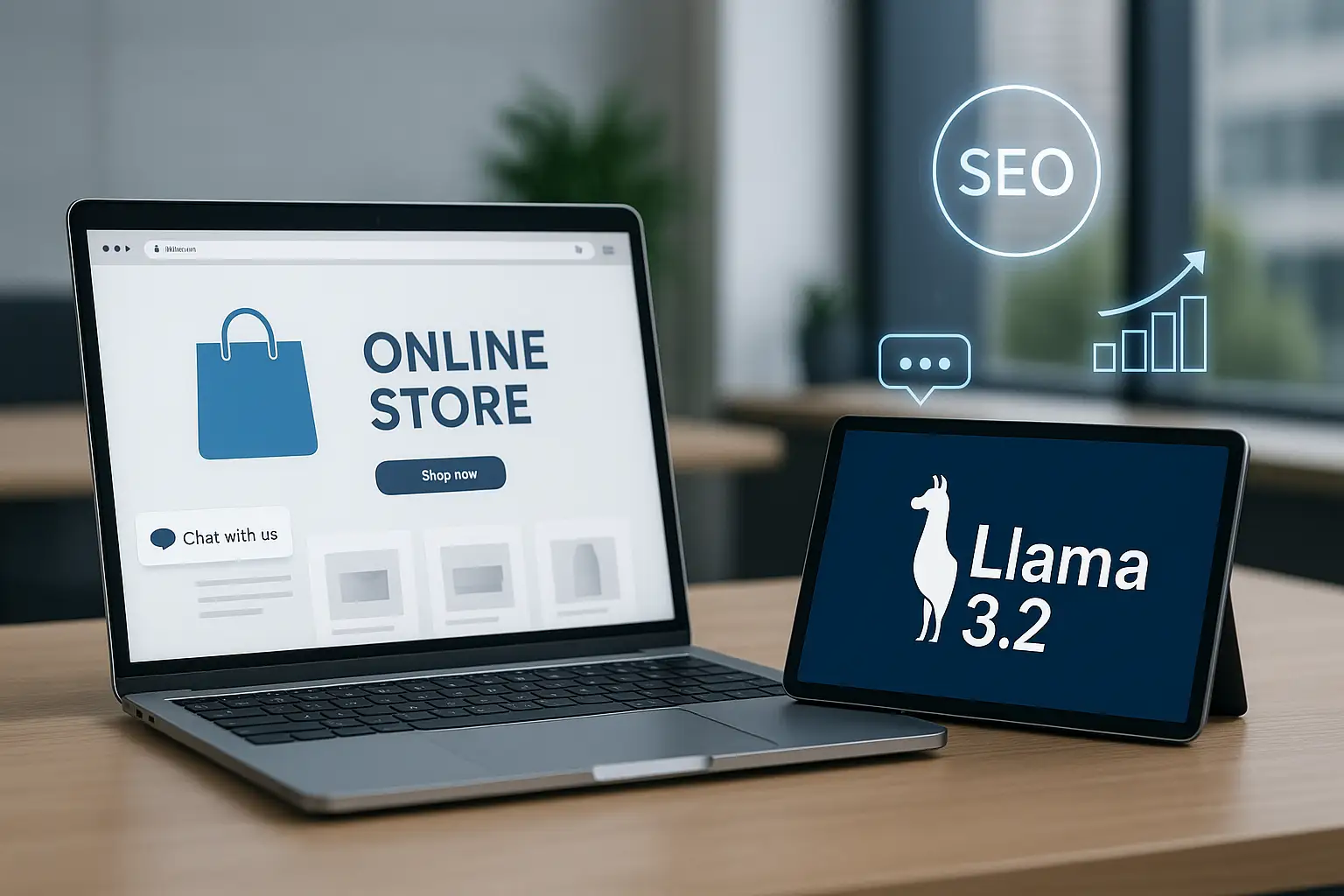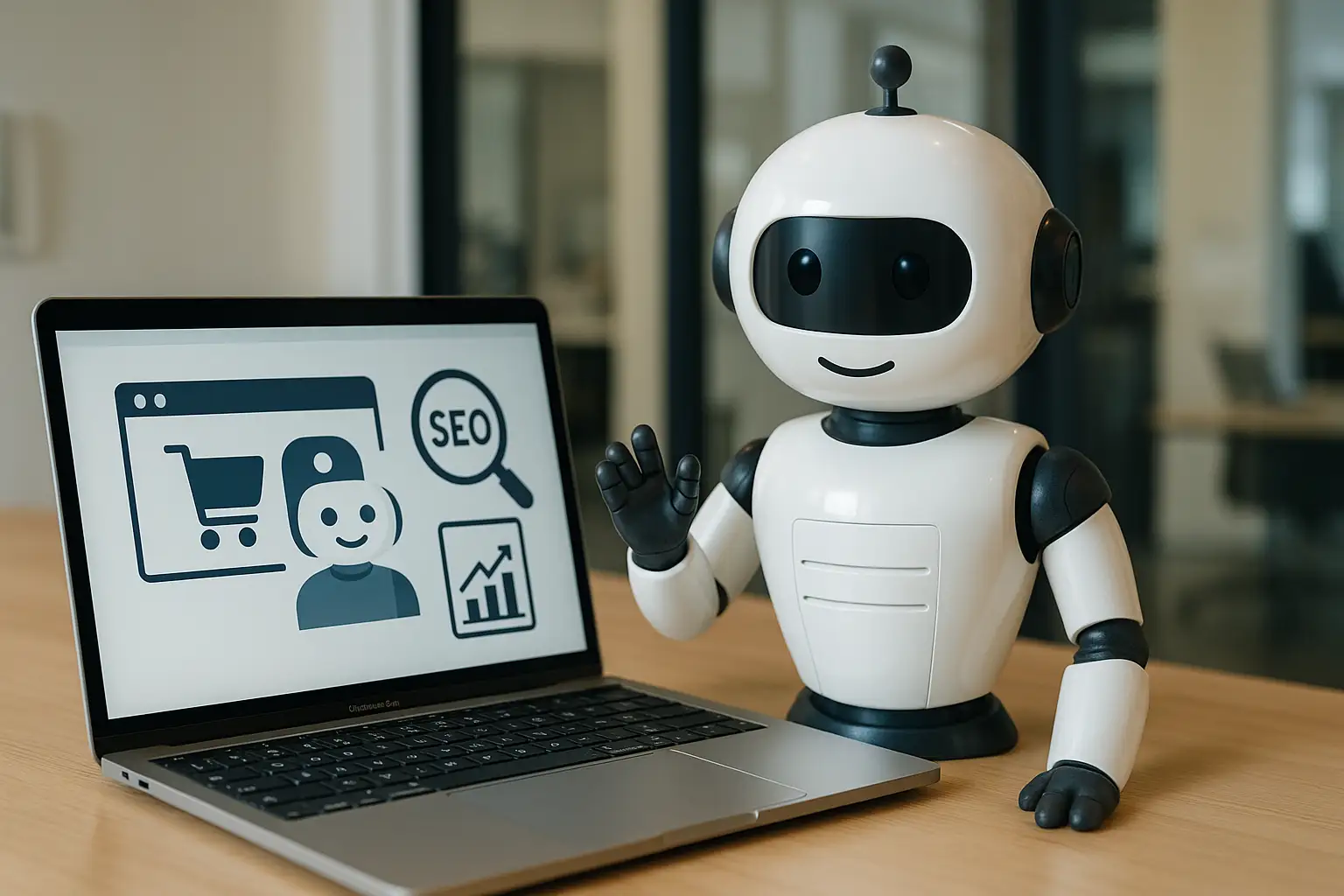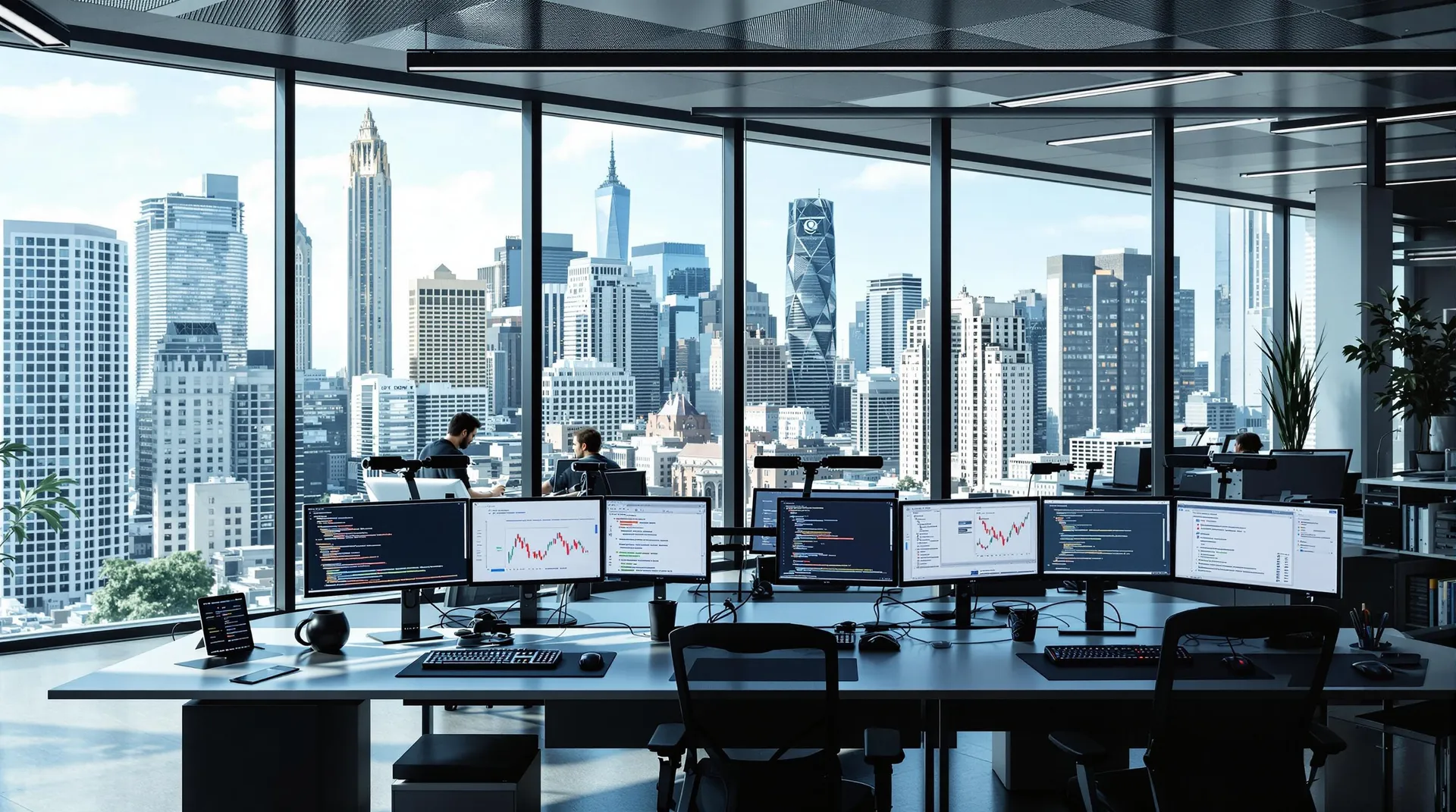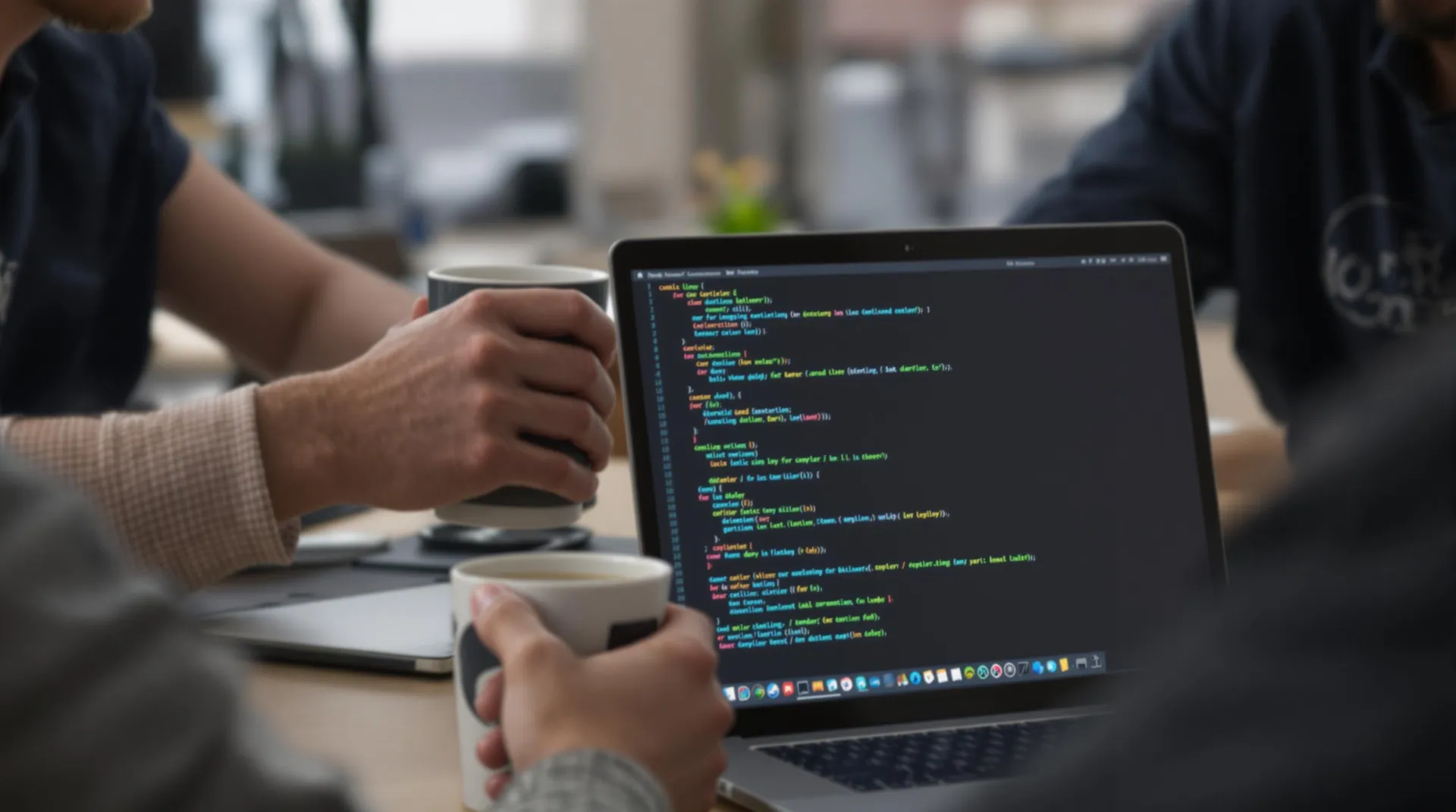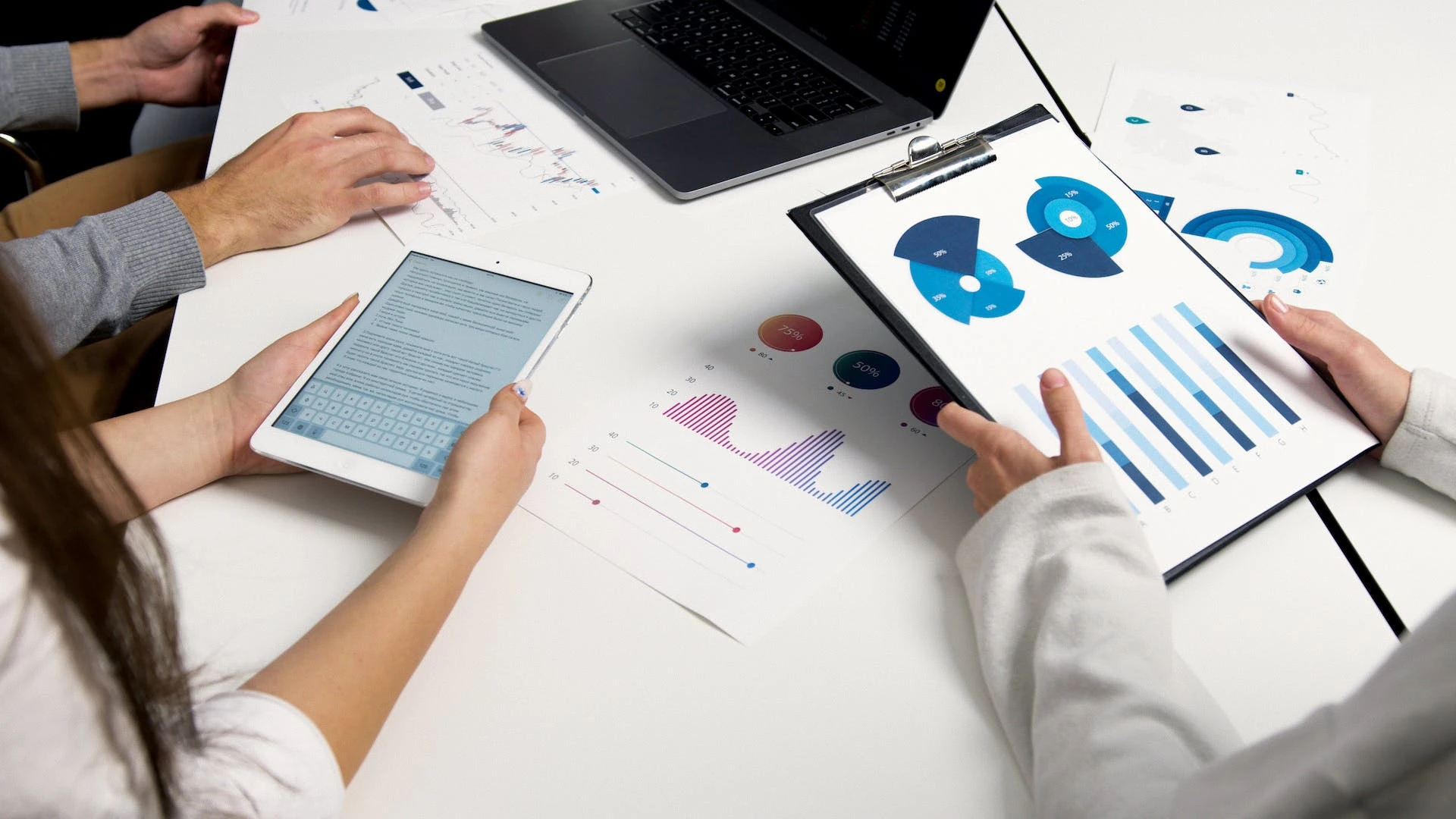Cybersecurity in the Age of AI: Protecting Digital Trust in 2025–2030
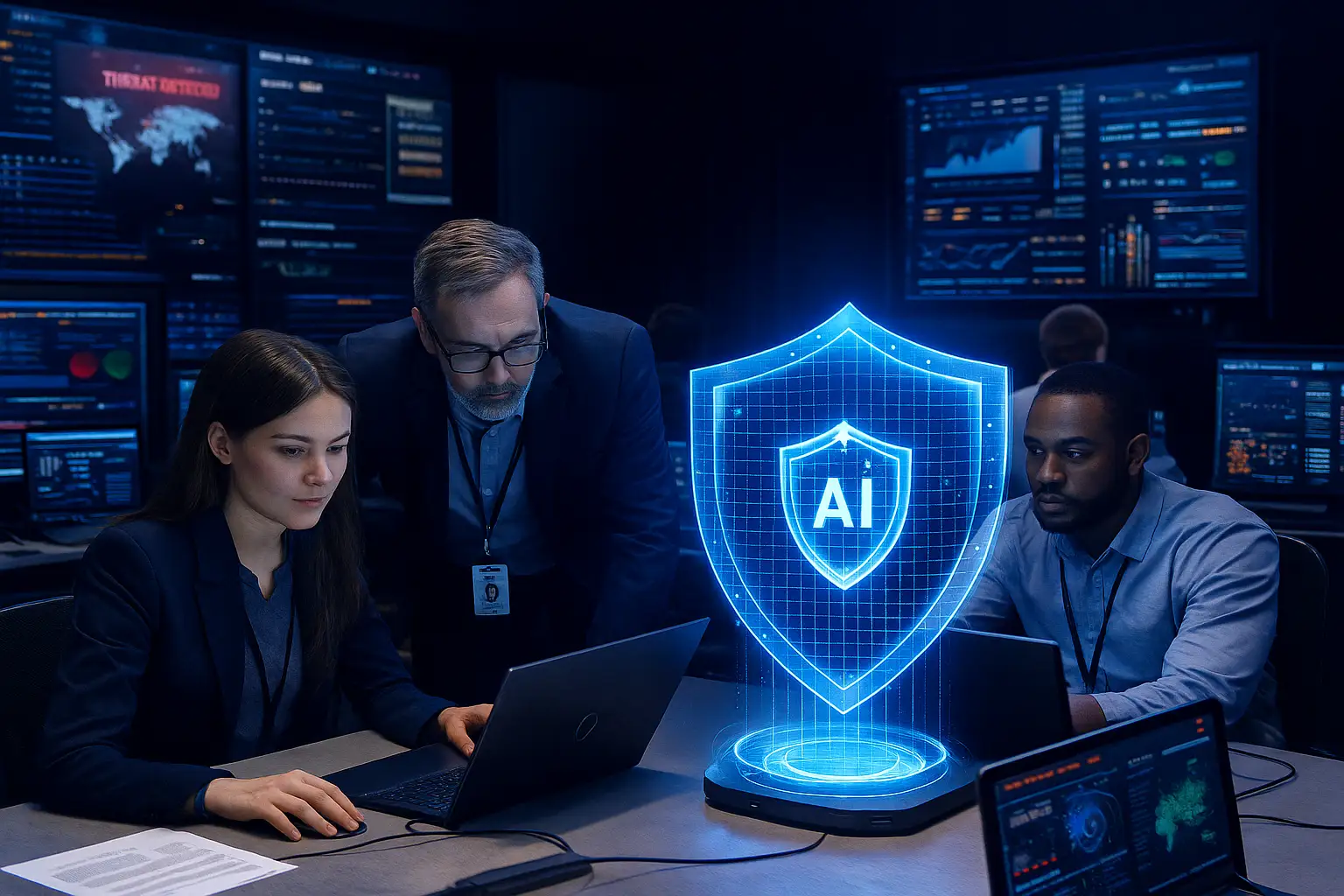
Cybersecurity in the Age of AI: Protecting Digital Trust in 2025–2030
Introduction
In the coming years, cybersecurity will no longer be a hidden IT function — it will be a strategic pillar of every organization. As artificial intelligence becomes central to business operations, cybercriminals are also leveraging it to launch faster, more sophisticated, and harder-to-detect attacks. From deepfakes that mimic CEOs to autonomous malware capable of adapting in real time, the digital battlefield is evolving.
This article explores how cybersecurity will transform between 2025 and 2030, focusing on AI-driven defense, zero-trust models, quantum-resistant cryptography, and the new cultural and strategic approaches required to maintain digital trust.
1. The AI-Powered Threat Landscape
Smarter attacks
Cybercriminals are already experimenting with generative AI to:
- Create realistic phishing campaigns tailored to individuals.
- Produce deepfake audio and video to impersonate executives.
- Write sophisticated malware code that adapts to detection tools.
Automated cybercrime
What once required specialized skills can now be automated. AI-as-a-service models on the dark web will enable even low-level hackers to launch complex attacks. This democratization of cybercrime is one of the biggest threats of the next decade.
2. Zero Trust as the New Standard
The old model — trust but verify — is obsolete. In a world where identities can be faked by AI and devices are constantly exposed, organizations must adopt Zero Trust Architecture (ZTA).
Key principles:
- Verify every request: No device or user is trusted by default.
- Least privilege access: Users get only what they need, nothing more.
- Continuous authentication: Identity and behavior are checked in real time.
Zero Trust is not just a security model, it is becoming a compliance requirement in regulated industries worldwide.
3. AI for Defense
Just as attackers use AI, defenders can too. Future cybersecurity will rely on autonomous systems that learn, predict, and react faster than humans.
AI in defense:
- Anomaly detection: spotting unusual patterns in network traffic.
- Threat prediction: forecasting attacks before they occur.
- Automated response: isolating compromised devices instantly.
- Adaptive security: systems that evolve in response to new attack vectors.
The balance of power will depend on whose AI is smarter — attackers’ or defenders’.
4. Quantum Computing and the End of Current Encryption
Quantum computing promises breakthroughs in science but also threatens today’s cryptography. RSA and ECC, the foundations of internet security, could be broken within seconds by powerful quantum machines.
Preparing for “Q-Day”
- Post-quantum cryptography (PQC): algorithms resistant to quantum attacks.
- Quantum key distribution (QKD): leveraging physics for unbreakable communication.
- Hybrid models: transitioning gradually from classical to quantum-safe encryption.
By 2030, many governments and corporations will mandate quantum-resistant standards to protect critical infrastructure.
5. Digital Identity and Trust
As deepfakes blur the line between real and synthetic, establishing digital trust becomes critical.
Future approaches:
- Biometric authentication enhanced by AI to detect subtle forgeries.
- Decentralized identity systems (DID) based on blockchain.
- Reputation scoring for devices and users, similar to credit scoring.
The battle will be less about keeping hackers out and more about proving authenticity in every interaction.
6. Human Factor and Culture
Despite technological advances, people remain the weakest link. Social engineering will continue to exploit curiosity, fear, and urgency.
Needed cultural shifts:
- Continuous cybersecurity education, not just annual training.
- Gamified awareness programs to make security engaging.
- Shared responsibility culture where every employee is part of the defense.
Organizations that fail to build a security-first culture will remain vulnerable no matter how advanced their tools are.
7. Regulation and Global Standards
Governments worldwide are tightening rules:
- EU Cybersecurity Act & NIS2 Directive raising standards for critical sectors.
- U.S. executive orders mandating stronger federal cybersecurity.
- Global collaboration on cyber treaties to address cross-border threats.
Compliance will be non-negotiable, and failure to meet standards will mean not only fines but also reputational collapse.
8. Cybersecurity as a Business Strategy
In the digital economy, security is not a cost center — it is a business enabler. Customers will increasingly choose partners based on their ability to guarantee trust.
- Brand value: Strong security enhances reputation.
- Competitive advantage: Secure platforms attract more clients.
- Investor confidence: ESG and risk assessments now include cybersecurity metrics.
Cybersecurity is moving from the IT department to the boardroom agenda.
9. Predictions for 2025–2030
- Every major enterprise will run AI-driven SOCs (Security Operations Centers).
- Zero Trust will be universal, integrated into all digital platforms.
- Quantum-resistant encryption will be standard for governments and critical industries.
- AI deepfake detection tools will become as common as antivirus software.
- Cyber insurance costs will skyrocket for companies without robust AI-driven defenses.
- Security culture will define organizational resilience more than technology alone.
Conclusion
Cybersecurity in the age of AI is no longer about building digital walls — it is about continuous adaptation, authenticity, and trust. By 2030, organizations will operate in a world where every identity can be faked, every device can be compromised, and every decision can be manipulated.
The winners will be those who integrate AI-driven defense, Zero Trust architectures, quantum-resistant encryption, and strong human culture into a single strategy.
Digital trust is becoming the currency of the future. Companies that protect it will thrive. Those that don’t will vanish.

